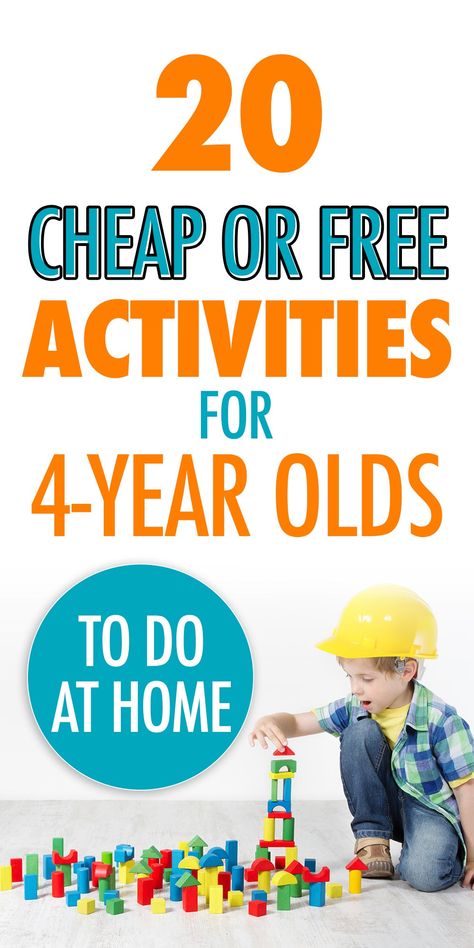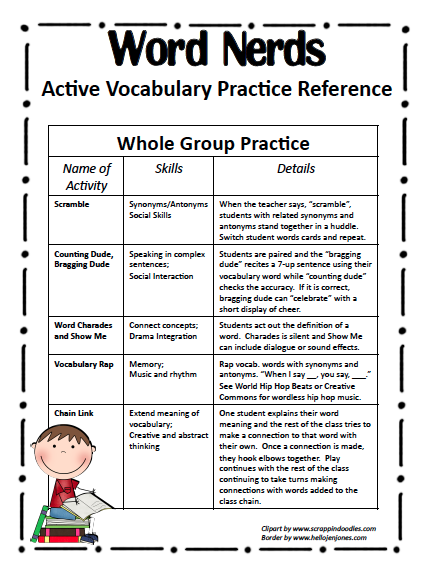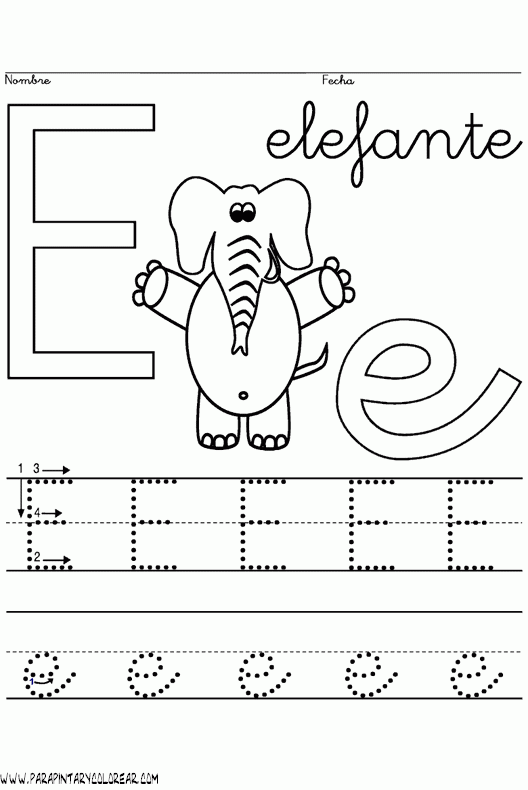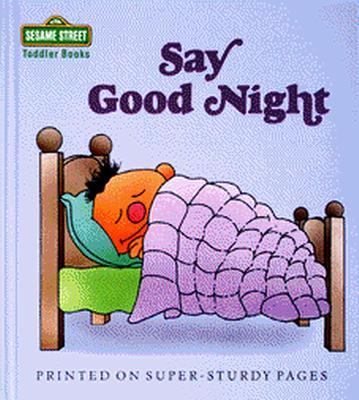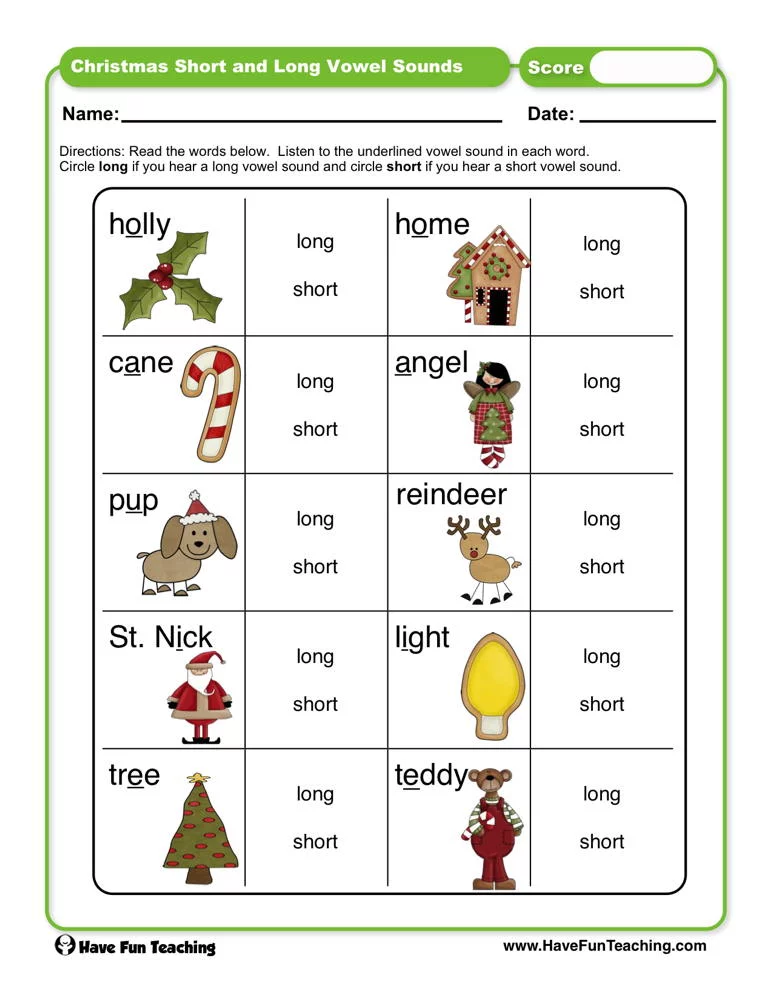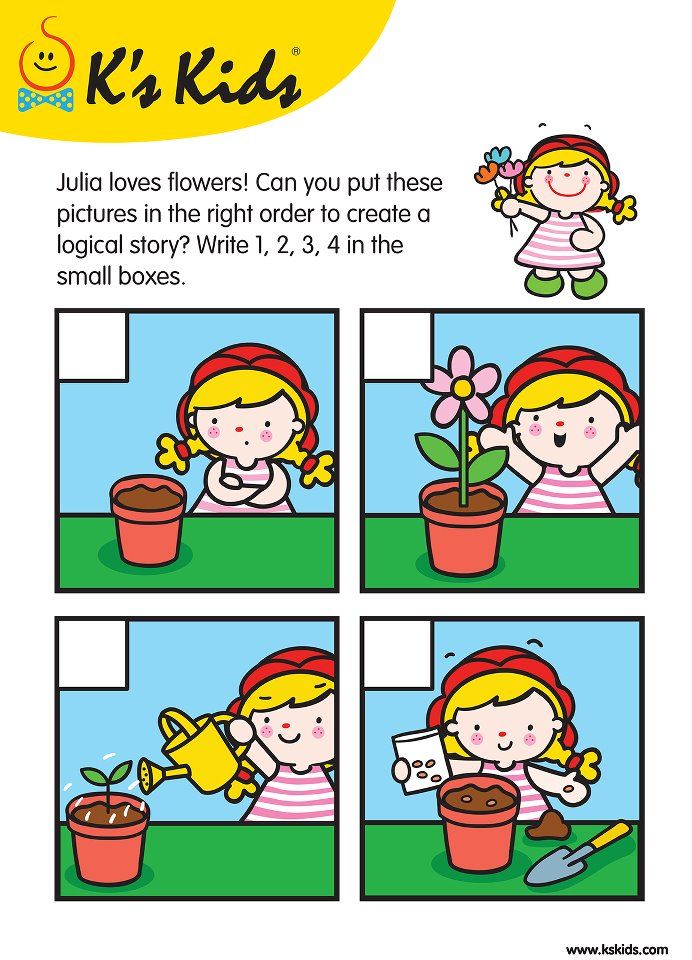5 year old activities at home
55+ Easy Activities for 5 Year Olds
AHEAD: Banish boredom in your house with these 55+ super fun hands on and easy activities and crafts for 5 year olds or kindergartners.
Do you have a 5 year old or kindergartner at home? Then this is the ultimate list for you. Here are 55+ amazing activity ideas to do with your 5 year old or kindergartner. From building an aquarium to making 2 ingredient silly putty to making paper houses and cork boats, there are tons and tons of really cool ideas your 5 year old will love.
This amazing list is organized into 4 sections:
- Boredom Busting Activities
- Arts & Crafts
- Fun Learning Activities
- Sensory Activities
OK Let the fun begin!
Boredom Busting Activities for 5 Year Olds
- Make a chalk maze – create a maze for toy cars using sidewalk chalk
2. Build a backyard obstacle course outside.
3. Build a fort – used blankets, cushions and chairs to build the ultimate retreat nook. Dontas forget to add lots and lots of books!
4. Build a marble Run – use cardboard, construction paper, tape and marbles. Roll the construction paper up to make a tube and tape them to the cardboard to make a marble run.
5. Make silly putty.
6. Giant Dots and Boxes.
7. Play with giant water beads.
8. Nature Tea Party – Collect things from your backyard like rocks, leaves, dirt and flowers to make a nature tea using your favourite tea set or a jug and cups.
9. Spray Bottle Water Fights.
10. Magnetic Tile Ramps.
11. DIY Post-It Dominoes.
Arts & Crafts for 5 Year Olds
12. Three Marker Colouring Challenge – Close your eyes and choose three markers from a pile.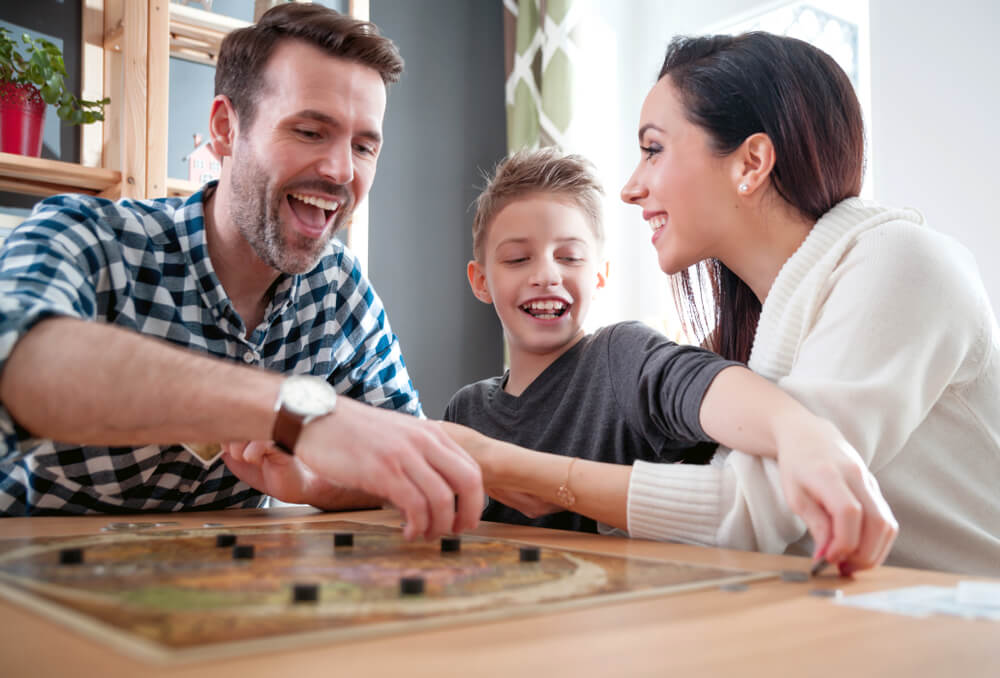 Use those colours and only those three colours to colour a favourite coloring page.
Use those colours and only those three colours to colour a favourite coloring page.
13. Make crazy hats – Construction paper, tape and scissors. Create the craziest looking hats you can using cut out lighten bolts, spirals, and different shapes.
14. Make a paper house.
15. Build Easter Egg Boats
16. Draw to music.
17. Giant Nail Painting Activity.
18. Make a garden sensory bottle.
19. Paint Kindness Rocks – paint rocks using washable paints and brushes and once dry write kind messages on them.
20. Textured Rainbow Sun Catcher Craft
21. Family Portrait Sticky Wall.
22. Make An Aquarium.
23. Cardboard Picture Frame Craft
24. Giant Baby Doll Colouring – Not into baby dolls? Trace cars and trucks to decorate them!
25.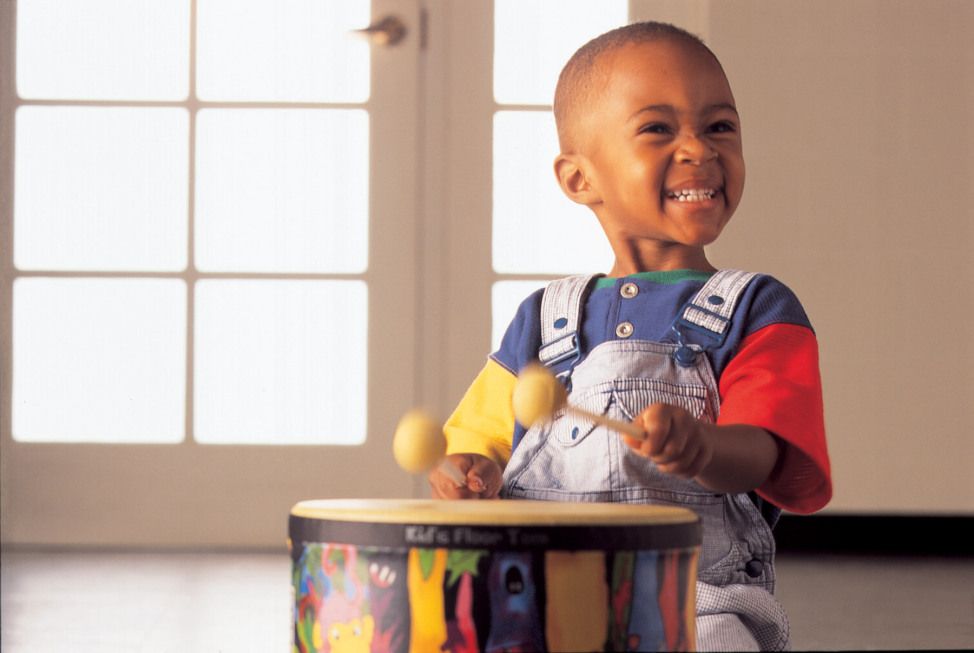 Textured Heart Sun Catcher Craft
Textured Heart Sun Catcher Craft
26. Potato Masher Ice Cream Craft
27. Gems and Water Colour Flower Craft
Fun Learning Activities for 5 Year Olds
28. Baby Doll Haircuts.
29. Colour by Addition – Parents write simple addition or subtraction problems in each section of a colouring paper. Then create a key idenifitin which colour each answer should be. For instance if the answer is 3 then colour that second red.
30. Shaving Cream Sight Word Game.
31. Build The Alphabet Sticky Wall
32. Spray Bottle Letters – use a spray bottle to make letters on a fence or on a sidewalk.
33. Ice Cream Skip Counting Sticky Wall – Supplies: contact paper, masking tape, foam sheets, scissors and black sharpie.
34. Build A Magnetic Tile Clock – use magnetic tiles to make a giant clock.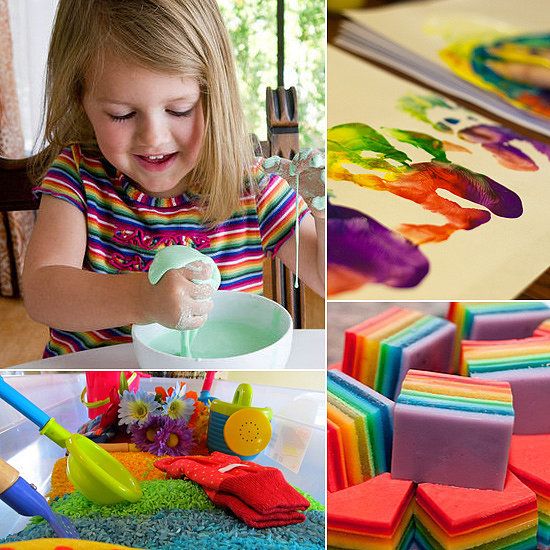 Use post it notes for the numbers or washable chalk markers.
Use post it notes for the numbers or washable chalk markers.
35. Rubber Duck Math Race
36. DIY Egg Carton Ten-Frame Game
37. Magnetic Tile Ten Frame Game
38. Ocean Sight Word Sensory Bin
39. Ten Frame Sensory Bag
40. Dot Sticker Sight Words
41. One More One Less with Dot Stickers
42. Post-it Memory Game
43. Mystery Math: A Crayon Resist Activity
44. Toilet Paper Roll Skip Counting
Sensory Activities for 5 Year olds
45. Cork Boat Sensory Bin – make boats out of corks, elastic bands, toothpicks and foam sheets for the sails. Fill a sensory bin with water and blue food colouring, fish, sharks and sea shells.
46. Ocean Sensory Bottles
47. Wash the Horses Sensory Bin – fill a sensory bin with water and bubble bath to make bubbles.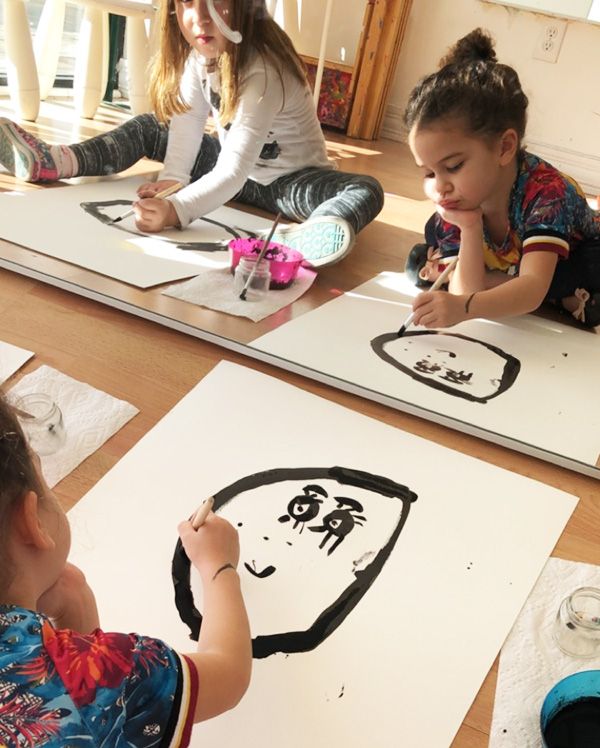 Add horse toys, combs and wash clothes.
Add horse toys, combs and wash clothes.
48. Cloud Dough Kitchen
49. Textured Playdough Activity
50. One- Step Slime Sensory Bin
51. Under The Sea Bath
52. Make Shaving Cream Worms – use shaving cream, colander and a large bowl to make shaving cream worms. Turn large bowl upside down, cover the top with shaving cream, press colander down on the shaving cream to let it squeeze through the holes of the colander.
53. Shaving Cream and Baby Doll Sensory Bin
54. We’re Going on a Bear Hunt Sensory Bin
55. PAW Patrol Play Dough Tray
56. Colour Mixing Tea Party
WILL YOU DO ANY OF THESE ACTIVITIES WITH YOUR 5 YEAR OLD? PIN IT FOR LATER!
101 awesome activities for kids ages 5 to 8
What can we help you find? ArrowLeftRed SearchRed SearchClose
BackThese activities for 5-year-olds and older are perfect for staving off boredom.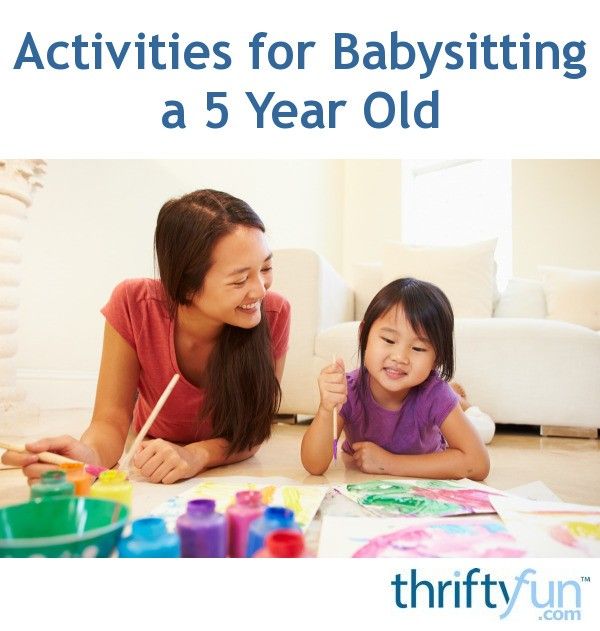
Do you struggle with thinking of fun activities to keep your child entertained on the weekends and after school? You’re not alone! It can certainly be difficult to come up with unique activities for kids. And although it might be easy to just pop in a movie or allow your little one to play games on the tablet, psychologist and play expert Dr. Jacqueline Chinappi, of South University in Savannah, Georgia, urges you to remember that too much screen time can contribute to behavioral problems, obesity and attention issues.
In today’s digital world, this is a growing concern. In fact, according to Dr. Anne Fishel, of the Department of Psychiatry at Massachusetts General Hospital in Boston, children around 8 years old at times have up to 11 hours of screen time per day.
Help your little one exercise their mind and body by trying out these 101 fun activities for 5- to 8-year-olds.
- Make a batch of homemade play dough.
- Go on a nature walk and collect leaves or rocks.

- Move the furniture around so your little gymnast can practice their tumbles.
- Play “Go Fish.”
- Make a fort out of blankets and pillows.
- Plant flowers in the garden.
- Camp out in the backyard.
- Read a classic children’s book out loud together.
- Learn to ride a bike.
- Go berry picking.
- Bake a pie using your freshly picked berries.
- Grab some binoculars and go birdwatching.
- Learn how to play the recorder.
- Make sock puppets.
- Press flowers and put them in a scrapbook.
- Build a model airplane.
- Learn how to knit.
- Visit your local zoo.
- Visit a farmers’ market.
- Play dress-up.
- Learn how to braid hair.
- Grab some chalk and decorate the sidewalk.
- Have an outdoor picnic.
- Observe insects through a magnifying glass.
- Is it raining? Have a picnic indoors instead!
- Visit animals at a pet store.
 (Just try not to bring them all home!)
(Just try not to bring them all home!) - Make a map of your house or apartment.
- Learn how to jump rope.
- Make a guitar out of a box and rubber bands.
- Visit your neighbors.
- Bake brownies.
- Pop some popcorn, and snuggle up to watch some home movies.
- Plant a vegetable garden.
- Build a snowman.
- Have a snowball fight.
- Make a pizza with all your favorite toppings.
- Visit a pumpkin patch.
- Make friendship bracelets.
- Turn a pine cone into a bird feeder by adding some peanut butter and birdseed.
- Learn a magic trick.
- Cut out homemade paper dolls.
- Play freeze tag.
- Play “Simon Says.”
- Interview a grandparent.
- Get out a bag of hair ties and create some fun hairdos.
- Go to the library.
- Go on a hike.
- Build a sandcastle.
- Have a tea party with real tea and snacks.
- Cut out pictures from magazines to make a collage.
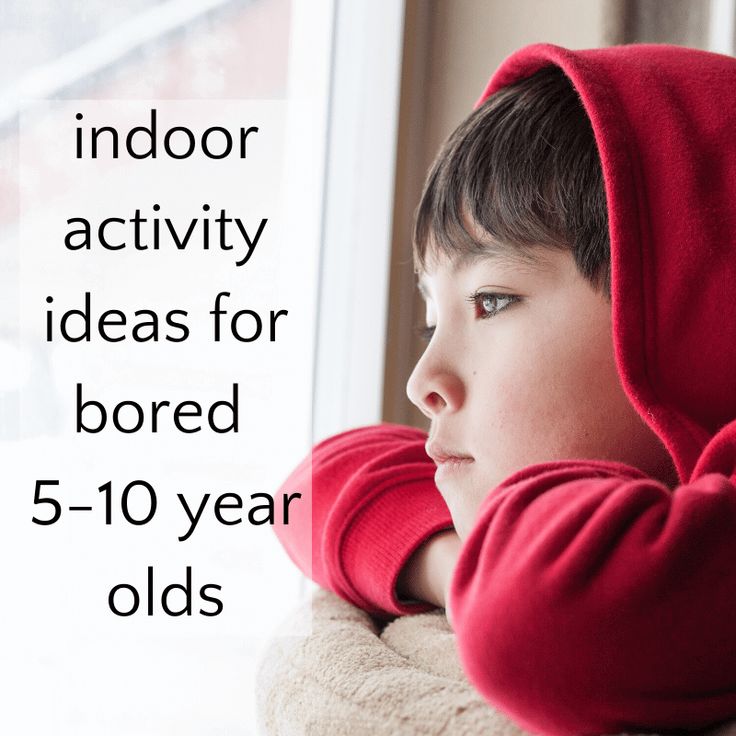
- Play “Red Light/Green Light.”
- Color!
- Write an original song.
- Take turns drawing each other’s portraits.
- Paint each other’s fingernails.
- Play “Hide-and-Seek.”
- Teach your dog or cat how to do some tricks.
- Make your own bubble solution.
- Lay out an ice cream sundae bar.
- Play “Follow the Leader.”
- Tie-dye T-shirts.
- Have a fashion show.
- Feed ducks at a local pond or lake.
- Make shadow puppets on the wall.
- Play a board game.
- Turn craft foam into bath floats.
- Make pinch pots out of air-dry clay.
- Slice apples and turn them into paint stamps.
- Turn your living room into a winter wonderland with toilet paper, cotton balls and pillows.
- Break out your makeup and let your child give you a new look.
- Put on a play.
- Do a word search.
- Visit a local farm.
- Run through a sprinkler.
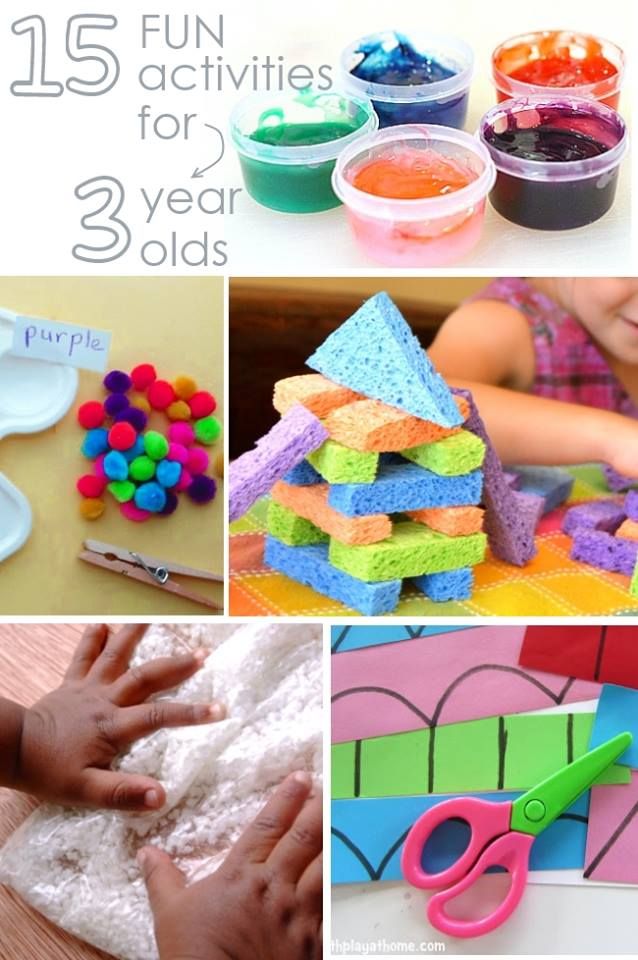
- Make nature crafts.
- Learn how to hula hoop.
- Make muffin tin crayons.
- Cut snowflakes out of paper.
- Play mini golf.
- Make hot chocolate.
- Lie down in your backyard, and talk about the shapes you see in the clouds.
- Create a secret handshake.
- Go fishing.
- Put together a puzzle.
- Play musical chairs.
- Learn how to do a cartwheel.
- Make rainbow foam.
- Create a paper chain with colorful construction paper.
- Learn how to play checkers.
- Make a drum out of an oatmeal container.
- Visit a science museum.
- Learn a new language.
- Make leaf and tree rubbings with paper and crayons.
- Catch fireflies.
- Go for a drive with no destination.
- Make a sundial out of paper plates.
- Play “Duck, Duck, Goose.”
- Build a dream house out of Legos.
- Have your child write a letter to her favorite book character.
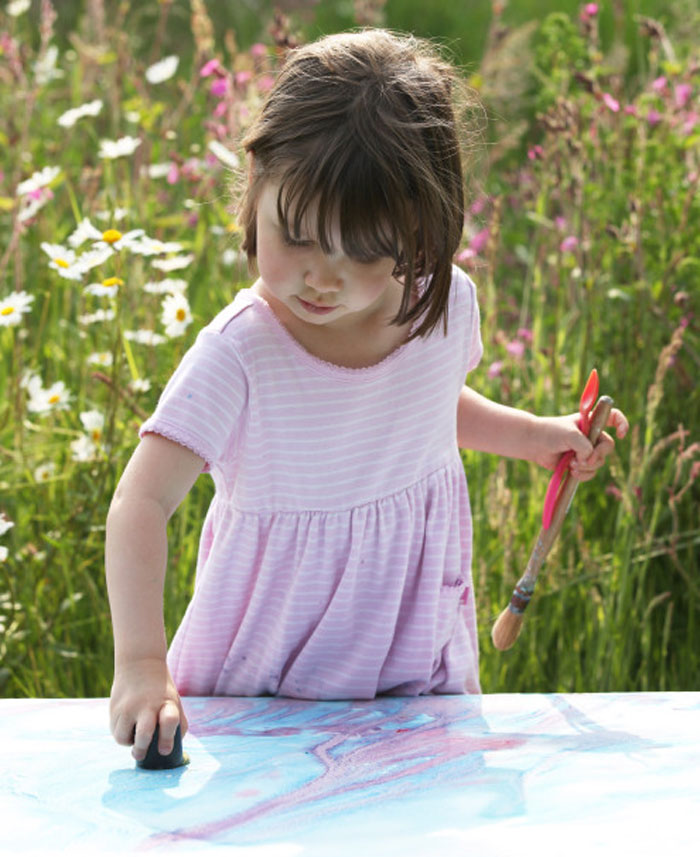
- Do a crossword puzzle.
- Find rocks outside and paint them.
Like what you're reading?
Join Care for FREE
EmailPlease enter a valid email address
Click 'Next' to start an account and get tips, tricks and trending stories.
Already Registered
The email address you entered is already registered. Would you like to log in?
Log in
Almost done!
Join Care for FREE
Create a free account to access our nation wide network of background checked caregivers.
First Name
Please enter first name
Last Name
Please enter last name
Zip CodePlease enter a valid zip code
By clicking "Join now," you agree to our Terms of Use and Privacy Policy.
Welcome to Care!
You're on your way to finding someone your family will love.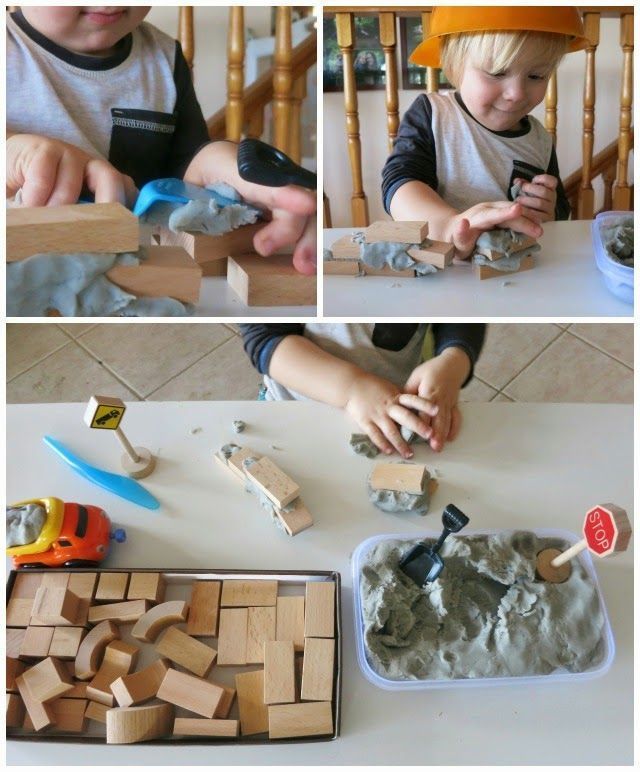
Start now
Educational activities with a 5-year-old child at home. Fascinating activities with small children 5-6 years old at home
Features of the development of a five-year-old child
Free time is the time in which a person is left to himself in choosing what he would like to do. And a child at the age of 5 is not yet independent and cannot determine what is important, necessary and useful for him now.
If at this age a little man visits a children's institution, then part of his time is already planned and organized by the kindergarten staff. The child will play with peers, work in the classroom, visit musical and choreographic circles in the garden.
But when the baby is brought up at home, or when weekends and holidays come, then the parents face the problem of organizing his leisure time. And then the set of knowledge that parents have is very important.
Of course, you can resort to the help of a specialist, but still, sometimes you want to add trust to your relationship with your child and feel for yourself what is interesting for him.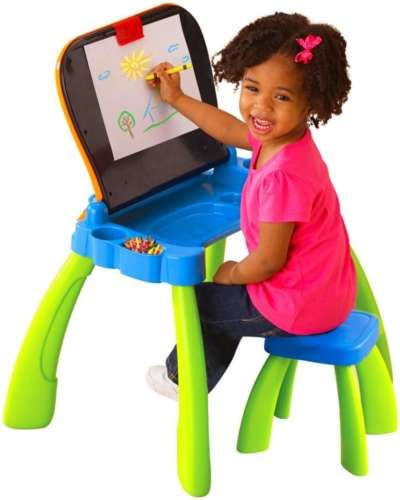
Children at the age of five try to realize themselves as a person, they do not talk about themselves in the third person, but begin to say “I”, they begin to prepare the child for school.
Almost all preschool institutions work with children on special programs to prepare for school life: children are taught letters, sounds, read by syllables, solve simple examples and puzzles, develop logic and thinking, and much more. This is a very responsible age, so right now it is important "what to mold" from the baby.
Therefore, the child's leisure, first of all, should be directed to his development. And in no case should you leave him alone with this, parents should help their baby in everything.
On top of everything else, a five-year-old child is a big reason. He is interested in everything, he has a lot of questions. And at this moment it is important for him to hear the answers to these questions, and not just “leave me alone”. Children at the age of 5 are already beginning to understand where is good and where is evil, to distinguish between good and bad.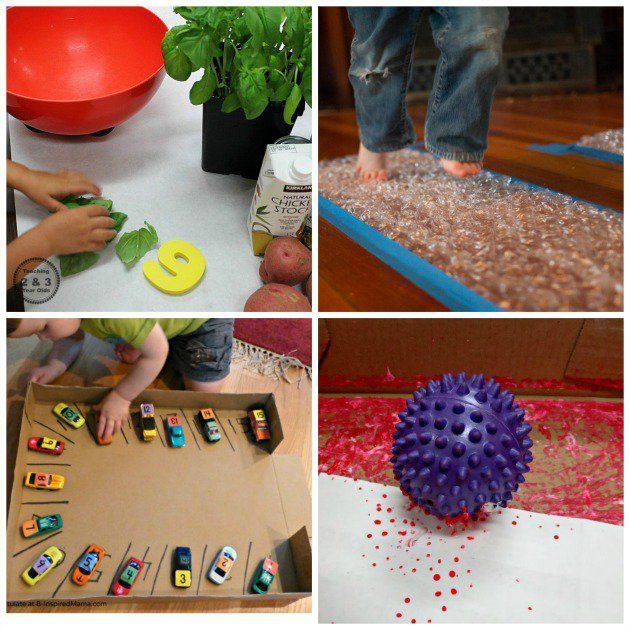
Everyday skills of a child at the age of 5
Children are great helpers in everyday life. They put toys away, they can clean, dust, vacuum and mop the floor. At 5 years old, a child is able to cook food (make a sandwich, cut a salad). To develop a preschooler at home, special classes are not required. Through everyday household chores, children develop sense organs, cognitive processes, self-esteem increases.
A five-year-old child is able to take care of hygiene, brush his teeth, wash his body, keep clothes clean.
Target orientation of classes
Classes that are aimed at the development of children of five or six years old are very diverse. Classes of this type will allow you to gradually transfer game forms into training ones. Such a transition for children is carried out without stress and without problems.
Educational game for children 5-6 years old
Tasks are presented in the form of solving riddles, coloring pictures. Then the child masters the recipes. Children at the age of 5-6 love to perform logical tasks.
In a children's education program that uses developmental forms, classes should achieve the following goals:
- develop cognitive interest;
- improve creative, physical and intellectual abilities;
- tasks should contribute to a positive attitude towards future schooling.
Memory game
The program for the specified age group must have tasks:
- on the basics of native speech, which lay the foundation for teaching reading, the Russian language, and develop the speech of children.
- mathematical direction - the beginning of arithmetic and geometry, tasks aimed at developing attention, strengthening memory and logical thinking.
- on the formation of interest in nature, the ability to be sensitive to it, as well as the first knowledge of ecology.

- on the study of the physical component of the simplest everyday phenomena and astronomical knowledge.
Children of 5-6 years old are very fond of playing with construction sets
Children of this age are interested in fine arts, they like to design, make some products.
At five or six years old, children can be occupied with various activities for up to two hours - they will not get tired. Moreover, the concentration of attention during this time does not decrease. Children can be involved in activities during this time. Only tasks need to be changed and take small breaks.
Things to consider when organizing classes
Education should be organized around all activities of children. They must improve the skills of modeling, designing, drawing. But at the age of 5-6, a gradual transition to a learning style begins, when children need to be taught to perform the required tasks. Children still feel the need for play activities.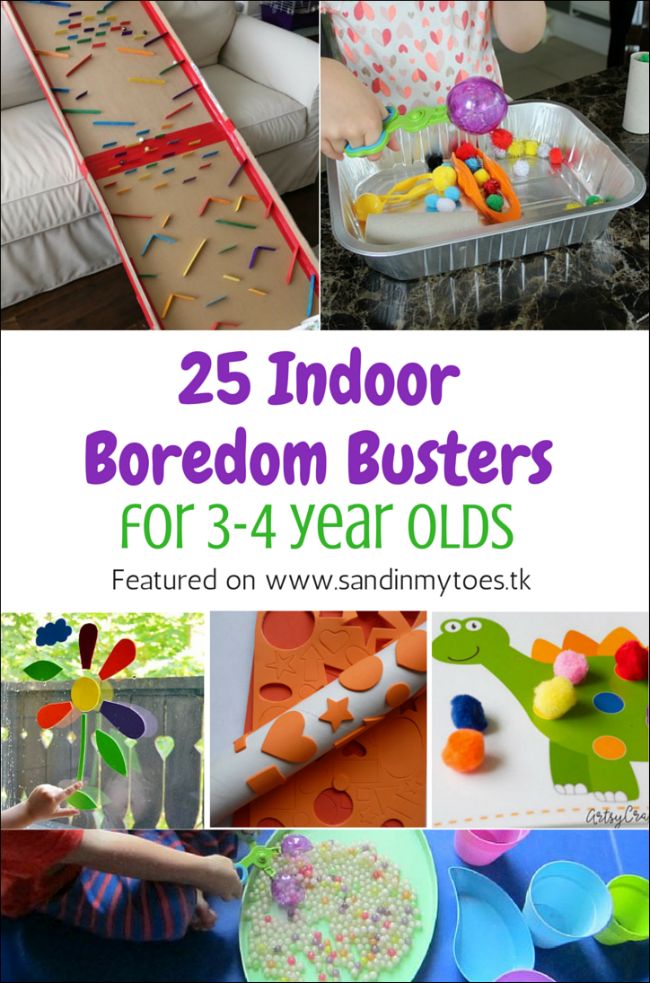 Based on this, the learning process, although it becomes more focused, also includes elements of the game.
Based on this, the learning process, although it becomes more focused, also includes elements of the game.
The intelligence of a child is determined by such cognitive processes as attention, imagination, perception and memory.
The attention of children 5-6 years old is characterized by involuntariness; The kid is not yet able to manage his emotions, concentrate and direct attention to important things. Because of this, it can be under external impressions. These impressions are expressed in the fact that the child is quickly distracted, he cannot focus on any one object or action, and the activity must often change. Adult guidance is aimed at gradually increasing the level of concentration. A child with this attitude will develop responsibility for the results of his actions.
It is necessary to teach the child to retell what they read
This course of action assumes that the child will conscientiously and carefully perform any tasks, regardless of whether it is interesting or not.

Features of perception of information at 5-6 years old
The most important characteristics of attention to be developed in a child are:
- manifestation of attention stability, that is, the ability to maintain concentration for a long period;
- the ability to switch attention, develop a quick orientation in different situations and reorganize from one type of activity to another;
- distribution of attention to two or more objects.
For the development of the function of attention, the influence of emotional factors, the development of interests in the actions performed, the acceleration of thought processes and the formation of volitional qualities are very important. These properties are perfectly developed in the process of performing developmental exercises.
A game to understand the situation
The development of perception in a child is present from the first months.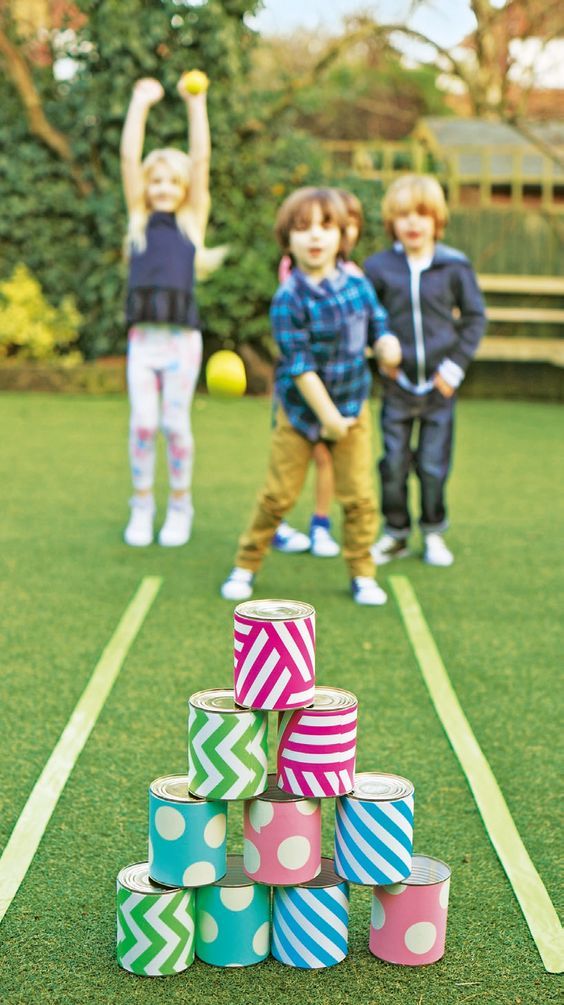 But at 5-6 years old, the level of perception is at its peak. The child absorbs new things, perceives information from the world around him. But what interests him most fully enters the consciousness. Therefore, the main goal of adults is to interest children in the knowledge that they should receive.
But at 5-6 years old, the level of perception is at its peak. The child absorbs new things, perceives information from the world around him. But what interests him most fully enters the consciousness. Therefore, the main goal of adults is to interest children in the knowledge that they should receive.
What forms of activities are most suitable
Using toys and various games for developmental learning. The big advantage is that children play and learn at the same time on a completely voluntary basis. They are interested in the results, they do not overwork. Thus the development of logic progresses beautifully in Nikitin's games.
Board games gradually teach math, traffic rules, letters and reading. During the game, children develop perseverance, patience and skills of decent behavior.
Artistic creativity is a great way to develop abilities
Creativity at this age is best manifested in the design and implementation of crafts. Moreover, the tasks should gradually become more complex, including elements of independent modeling.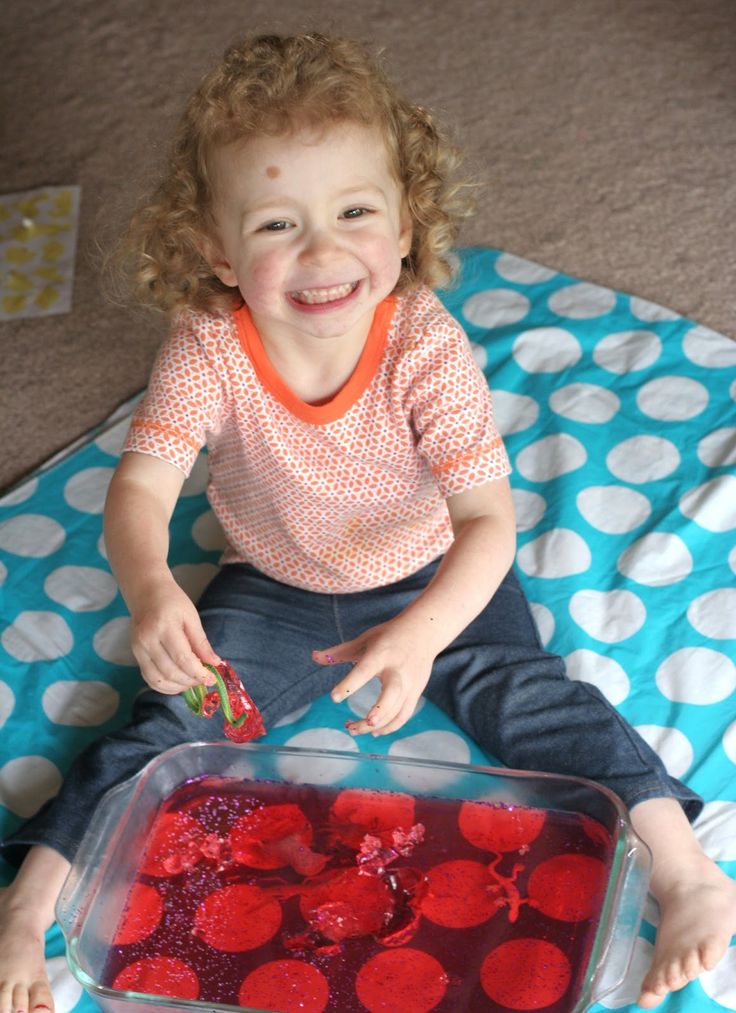 The child learns to be creative. He learns to think and think logically, develops fine motor skills.
The child learns to be creative. He learns to think and think logically, develops fine motor skills.
Developmental learning at 5-6 years old is best done through play activities. The child must, in the process of development, prepare for the traditional school system of education.
Educational activities for preschool children
Math games
Entertaining tasks in pictures will help the child learn numbers, count within 10, form basic mathematical concepts. Each game develops 1-3 specific skills: navigate in the approximate number of objects and count them, master addition and subtraction, arrange in ascending and descending order, and much more.
Equalities and inequalities
The kid needs to understand the basic principles of comparison (greater than, less than or equal to) and learn how to create equal sets on his own.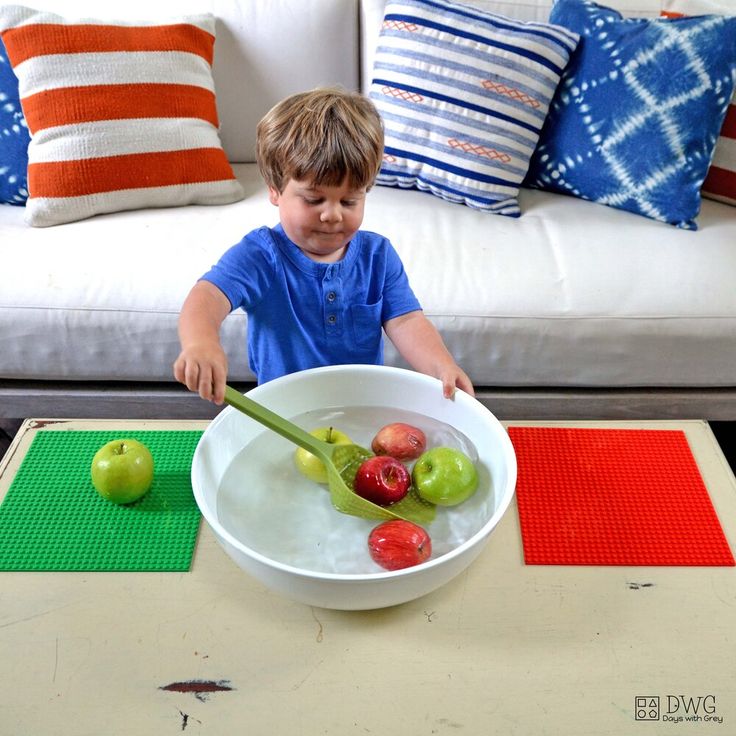 As in the previous case, it is better to use not boring black-and-white developmental tests, but favorite toys actively used by children (for example, you can play a fairy tale with children in which the main characters go to a holiday where there are only two tables, and you need to share the whole group into two equal parts).
As in the previous case, it is better to use not boring black-and-white developmental tests, but favorite toys actively used by children (for example, you can play a fairy tale with children in which the main characters go to a holiday where there are only two tables, and you need to share the whole group into two equal parts).
Numbers and Numbers
A child needs to learn how to count to at least ten (preferably forward and backward) and how to write numbers as accurately as possible. Usually, the following materials are used for teaching at home: copybooks, puzzles, simple examples. In order to teach a child to correlate an abstract number with real objects, it is better to use children's favorite toys (for example, cars for boys and dolls for girls), or special counting sticks from which you can add all kinds of figures.
Learn to count using colorful numbers
Basic geometry
Developing lessons should be aimed at learning basic geometric shapes (knowledge of the circle, rhombus, square, rectangle, oval and triangle is required) and their position in space (for example, if the figures arranged in a row, then the baby should be able to say which figure is before or after the selected one).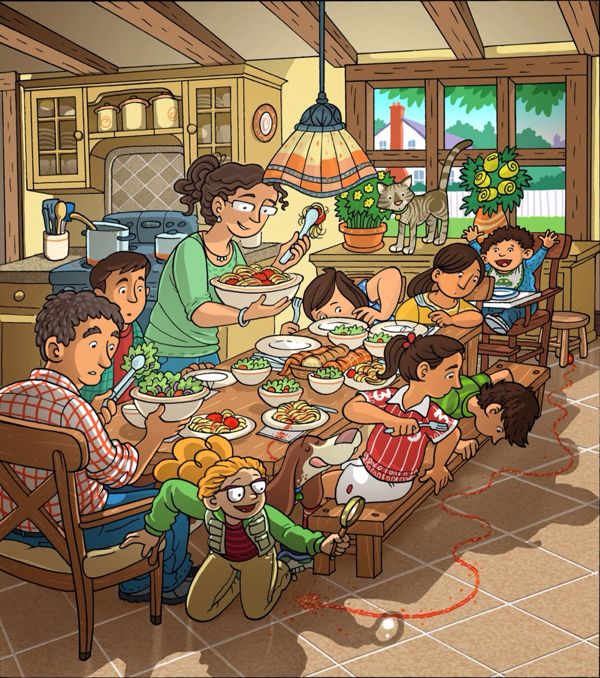
Learning Geometric Shapes
Materials to help you practice: dotted drawings of geometric shapes, colorful charts of geometric shapes with real-life examples (e.g., a triangular piece of cake, a round button, and so on), charts with groups of geometric shapes, game “find the extra piece”.
Speech
At the age of 4, the baby especially needs communication. That is why it is worth paying attention to the exercises on the following topics:
Compliance with grammatical norms
The kid should not get confused in prepositions, genders and numbers of objects. If you observe “falling” words in a child, then it is best to correct errors by using cards.
Learning and writing letters
Understanding speech
A child needs to know at least a thousand words (if you are not sure about the baby’s vocabulary, you can take tests to determine it), as well as building simple sentences. It is convenient to deal with this topic with the help of word games (for example, riddles, charades, danetki, and so on).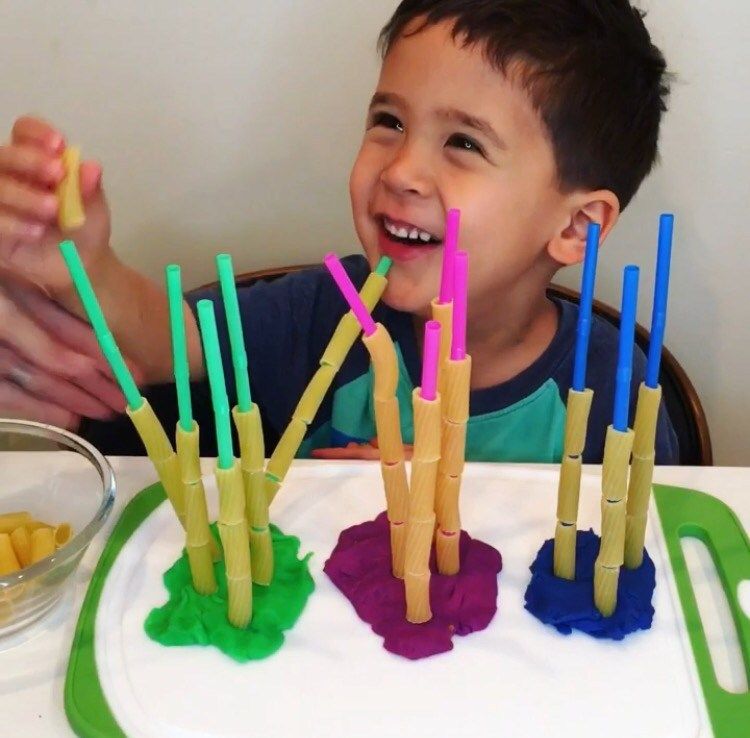
Tasks for the development of speech
Learning a foreign language
At preschool age, the language system is laid. The child learns to navigate in the system of signs and concepts. For this, mental functions mature in him. Preschool childhood is a favorable period for mastering a foreign language.
It is worth learning a new language in a playful way, without imposing classes. It is useful to include cartoons in a foreign language, audio recordings of dialogues, and show pictures with words in the lessons. Language learning is combined with creative pursuits and physical activities (such as playing with a ball).
Logical thinking
For the development of logic in children, you can buy interesting didactic games (these can be puzzles “divide into groups, lotos, dominoes, etc.) and ready-made notebooks with a variety of colorful illustrations.
If it is possible to print them out on a printer, then you can make excellent educational aids with your own hands by finding such cards on the Internet. In this case, it will be easier for you to choose material for home lessons according to the preferences of your baby.
In this case, it will be easier for you to choose material for home lessons according to the preferences of your baby.
A different constructor is very useful for developing logic. In stores it can be purchased for both girls and boys.
Preschoolers will enjoy working with visual material even more. So, for example, you can put 4-5 fruits and one vegetable in a basket and ask the baby to find the extra.
You can offer the child to find something superfluous among animal figurines (according to the wild-domestic principle), find something superfluous among toy furniture (for example, a toy vacuum cleaner - household appliances).
In order for the baby to learn to classify, you can play with bright plastic cubes. They can be divided into groups according to several characteristics (color, shape, size). Ask your child to tell you how he did it. In the same way, you can use almost everything that you have at home.
When teaching your child to tell a story from pictures, try to make coherent speech and complete sentences.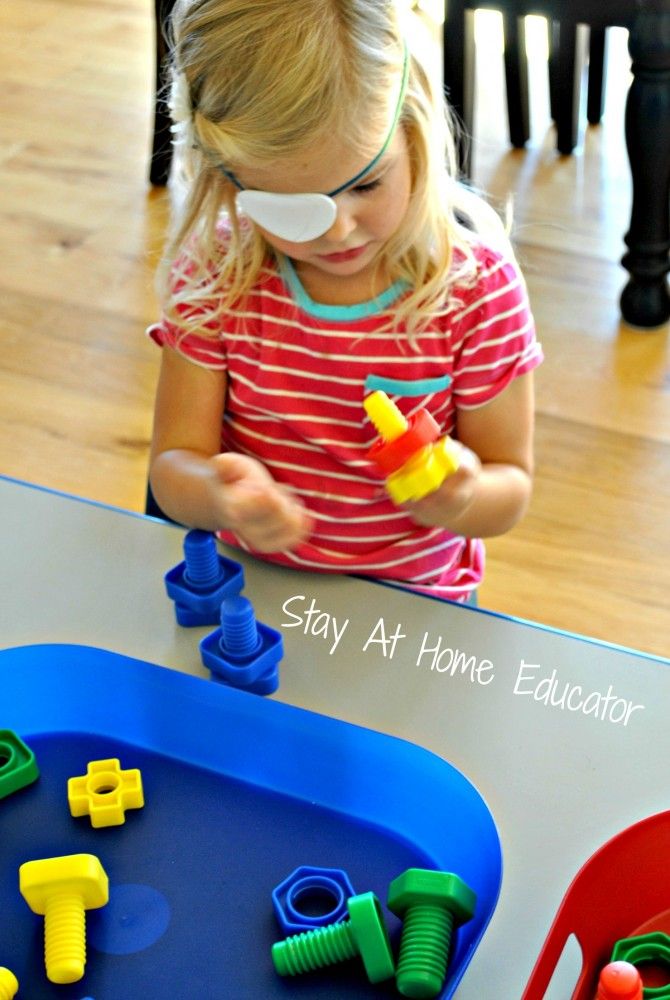
To begin with, you can help a little student by asking leading questions. When the child understands how to do this, you can already ask him to write a story on his own or finish the story you started. Try swapping pictures.
Before starting the story, the kid must guess that the order of the cards is not correct.
Use your imagination, and the lesson will turn into an exciting game for the crumbs.
- Find an extra item
- Divide into groups
- Making up stories from pictures
- Pattern setting
Sports
Sports development of the baby must be present, so if you can not send your son or daughter to the sports section, then do developmental exercises at home.
Sports activities at home
Ball games, exercises, simple dances and outdoor games are recommended.
Remember that all children develop at a different pace, so if the baby does not succeed in something, do not scold him. It is better to offer your child interesting games with which he can develop a particular skill.
It is better to offer your child interesting games with which he can develop a particular skill.
Memory and attention
Memory is involuntary. By the age of 6, the arbitrariness of memorization with the help of the will is formed. An adult teaches a child how to memorize. Children learn to repeat, comprehend, connect material for the purpose of memorization. At the age of five, they work with all the senses to develop arbitrariness.
Types of memory:
- Visual. Remembering what you see. The volume at the age of five is 5-6 objects.
- Auditory. Remembering what you hear. Volume - 6-7 words.
- Engine. Memorization of postures and position in space. Volume - 4-5 pos.
- Taste. Memorization of tastes and their relationship with objects. Volume: up to 10 different flavors.
Children memorize information that caused them vivid impressions, was emotionally colored. They remember individual details of objects. Thanks to emotional memory, children form ideas about the world around them and safety in it. If a child burns himself on a hot iron, the next time he will remember what emotions it caused him. Preschoolers easily remember their favorite poems, nursery rhymes.
If a child burns himself on a hot iron, the next time he will remember what emotions it caused him. Preschoolers easily remember their favorite poems, nursery rhymes.
Children have a photographic memory - the ability to quickly, vividly and clearly capture objects and reproduce them in detail in the future.
An example of a memory game.
What a 5 year old child should be able to do:
- find 6 differences between two drawings;
- keep 10 objects in sight;
- repeat pattern;
- memorize 8 pictures;
- tell short stories and fairy tales from memory.
The attention of a preschooler develops from involuntary to voluntary. He is able, by an effort of will, to hold attention on an object, to perform uninteresting monotonous activities. At the same time, a five-year-old child is distracted by bright stimuli and images, he needs a change of activity.
Knowledge about the surrounding world
Classes about the surrounding world can be carried out almost everywhere: at home, in the store, on a walk, in line at the clinic.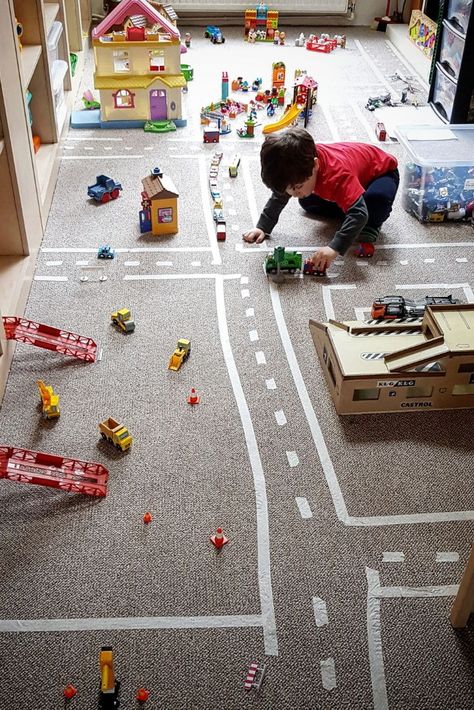
When you are in the store, ask your child to name vegetables, fruits, and berries that are familiar to him. Show the ones he doesn't know yet. On a walk, you can remember the types of transport encountered, consider various trees and their leaves, bushes, flowers, grass.
Be sure to talk about what season it is now, look for its signs in nature, remember the names of the months of this season, what month is now, what season was before it and will be after, changes in nature that they will bring with them and the name of the months.
Talk about birds, migratory and wintering species, those that live in the forest and in the city. Remember wild and domestic animals, insects.
While waiting in line at an institution, you can tell your child about the different professions of the people who work there.
Ask your child to remember what they know and can name when they go to clothing and footwear stores.
In a household appliance store, you can introduce your child to one that you don't have at home and explain what it is for.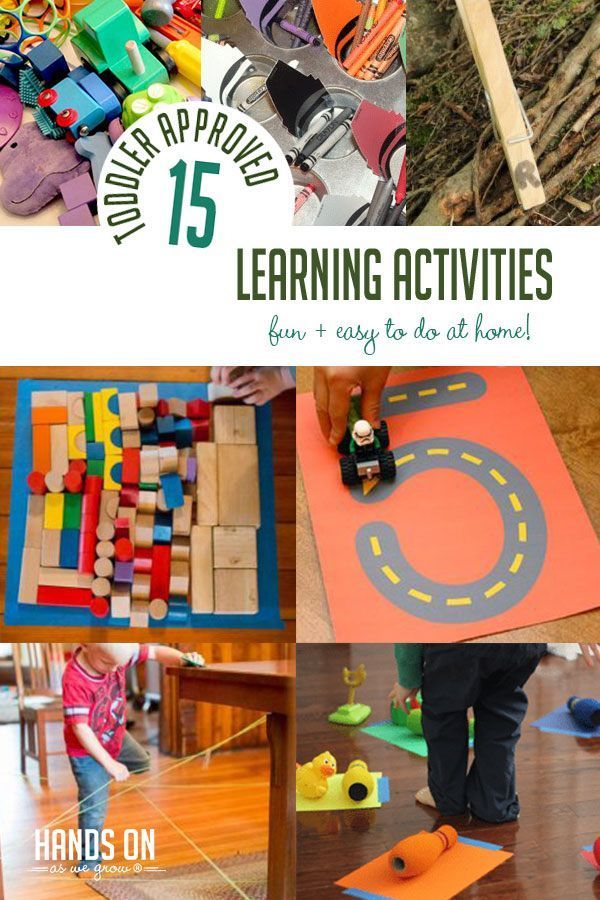
Introduce the child to new information and remember what he knows everywhere. All this is a great way to introduce the baby to the outside world using examples from life, and the knowledge gained in this way is absorbed much more efficiently.
Various didactic games, cards, bingo, dominoes will also help you get to know the world around you.
Sample Weekly Exercise Program
Developmental activities for a 4-year-old child should be planned in advance, and best of all - for a week. So you will not miss the types of development that are important for your baby, do not overload the baby and you will be able to prepare all the materials in advance. In drawing up a weekly plan for developmental activities at the age of 4-4.5 years, first of all, it is taken into account whether the baby attends kindergarten. If the baby is in the garden all day, then you need to understand the following points:
- The child already has daily developmental activities and regular physical activity in the kindergarten.
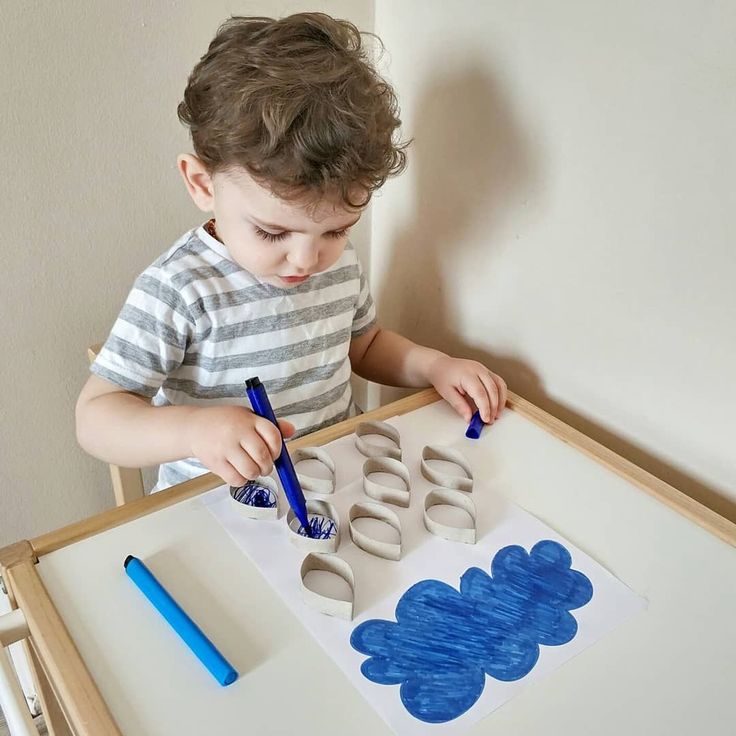
- It will be possible to study with the baby at home only in the evening and on weekends.
- In the evening, vigorous activity should not be planned.
- After returning from kindergarten, there is not much time left for classes, so, as a rule, only 1-2 classes are planned.
- It is worth finding out what program is used with the baby in the garden, so as not to duplicate classes, but to supplement them.
For a child who is not currently attending child care, the lesson plan will be more extensive. When compiling it, the interests of the crumbs, existing skills, attendance at a development school or sports section are taken into account.
We offer the following approximate weekly development program for a 4 year old:
| Monday | Tuesday | Wednesday | Thursday | Friday | Saturday | Sunday | |
| Physical development | Charging with music | Outdoor games | Ball game | Jumping | Bicycle | Fitball game | Charging by video lesson |
| Cognitive development | Puzzles | Learning Colors | Lotto | Finding an extra item | Studying Pets | Finding differences | Learning about plants |
| Sensory and musical development | Dancing | Learning smells | Guessing objects by touch | Singing | Sensory bag game | Exploring Tastes | Learning musical instruments |
| Fine motor skills | Water play | Finger gymnastics | Bead game | Groats game | Mosaic | Clothespin game | Sandplay |
| Speech development | Learning verse | Listening to an audio fairy tale | Retelling a fairy tale | Articulation gymnastics | Learning letters | Reading with mom | Guessing riddles |
| Creative development | Coloring | Application | Puppet theater | Drawing | Modeling | Crafts from natural materials | Games with construction set |
What parents need to know
At the age of five, parents need to assess how their baby is developing.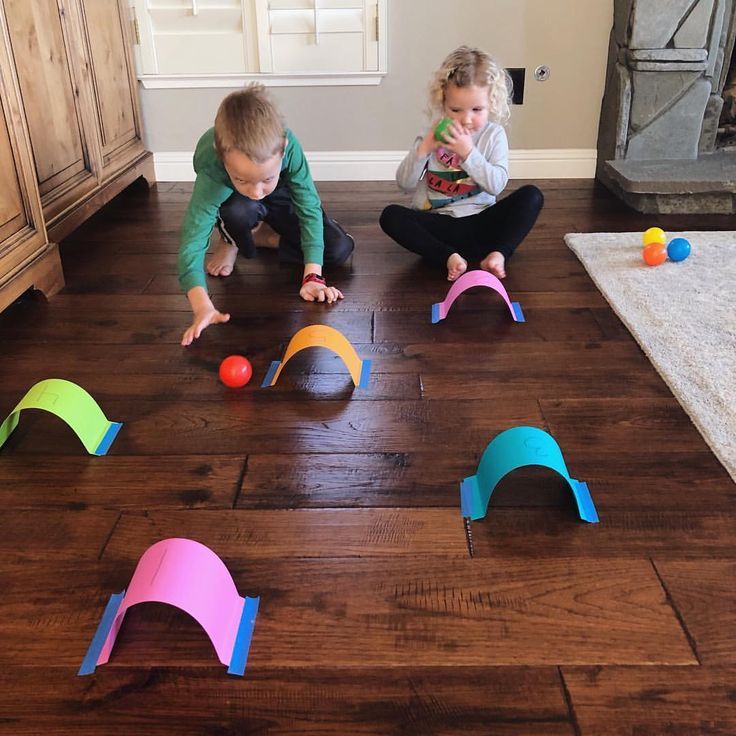 It is necessary to trace how the relationship between the child and the outside world develops.
It is necessary to trace how the relationship between the child and the outside world develops.
Children should be observed in the following areas:
- the child's behavior at home, on the street, in public places;
- communication with other people;
- what kind of friends children have, understanding and perception of friendly relations;
- how developed the children's speech is, whether the child has problems with pronunciation, how he builds sentences.
An important point is comfort and harmony in the family, since preparation for school life must begin with the instillation of such skills as order, responsibility, which the child learns, first of all, in the family. Developing classes, in addition to acquiring new knowledge, will help set children up for the correct perception of the world, correct their behavior.
Tips
- At the age of 4, a child can be enrolled in some sports sections.
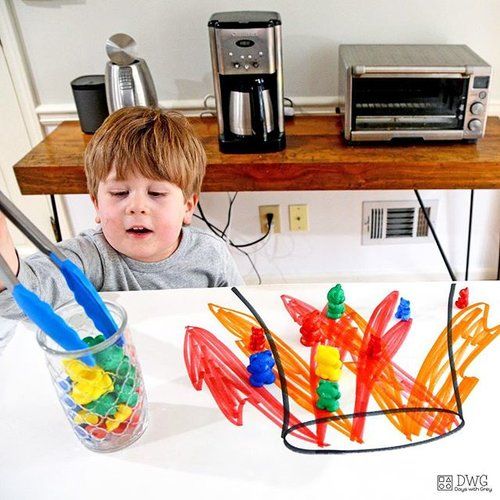 Attending sports classes will not only provide an opportunity to spend energy, but also help you learn new skills and understand what discipline is.
Attending sports classes will not only provide an opportunity to spend energy, but also help you learn new skills and understand what discipline is. - Praise your child often and give him enough attention. The kid has become more mature, but still needs parents.
- From the age of 4, the child can be taken to the cinema, circus and similar places. To get acquainted with this pastime option successfully, do not immediately take tickets to the first row.
- Hearing hundreds of children's questions every day, it is important to remain a patient and wise parent. Do not refuse to answer the baby, even if you do not know what to say. Together look for the answer and satisfy the children's curiosity.
- Toddler 4-5 years old can start teaching foreign languages. Classes, of course, should be in the form of a game.
Homework with a 5 year old child at home.
Thinking about what to do with a child who is five years old, remember that he is still in that happy time of childhood when there is time and a desire to dream.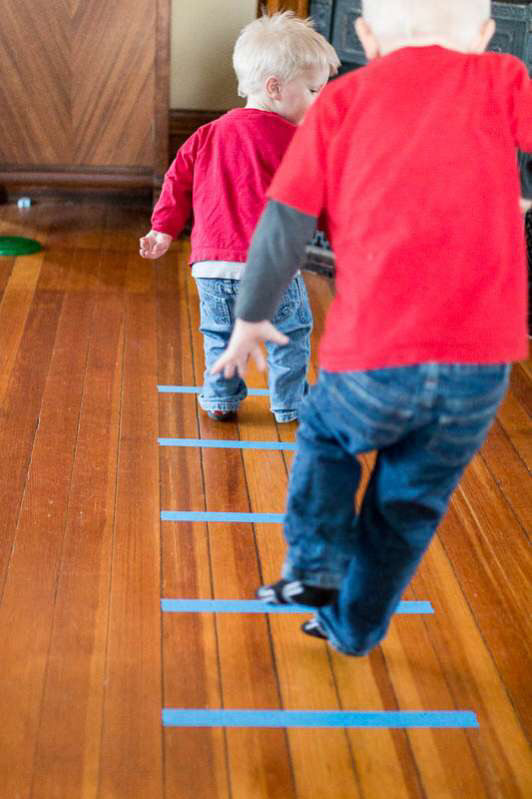
When he goes to school, he is likely to lose this ability. Five years is that happy age when outdoor games bring the same pleasure as games that require logic and perseverance.
Communicating with the baby, you will feel his spontaneity and sincere interest, openness to everything new. At this age, children find friends very easily and value friendship.
Try not to be a strict teacher, but an assistant who can captivate the child. It is great if you have been working with him since birth and already understand his mood, know his strengths and weaknesses.
Creativity
What to do with a 5 year old child at home? Can be beaded. This activity is fun for both boys and girls. For classes you will need:
- beads of different colors and sizes;
- line, copper wire;
- patterns for weaving.
Diagrams can be found on the Internet or in books. Leaves and flowers are mainly woven from wire, and figurines of animals and baubles are woven from fishing line.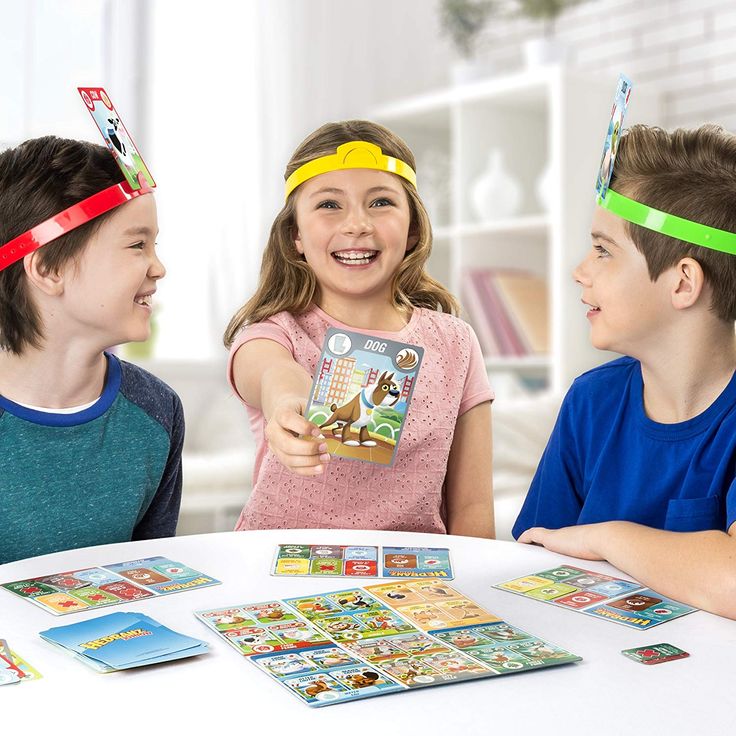 To thread the fishing line into the hole of the beads, a needle is not needed for the baby.
To thread the fishing line into the hole of the beads, a needle is not needed for the baby.
On a fishing line with a diameter of 0.2 or 0.3 mm, beads are perfectly put on without a needle. It is not necessary to take on complex products.
Even a flower of four petals with one leaf, woven from beads, delights the baby.
It is very interesting for five-year-old kids to do origami - to fold various figures out of paper. You can’t show a child a diagram and tell him to do everything himself. You will have to master the science of origami in order to make figurines with your baby.
In addition to the above examples, there can be many directions for creativity. To choose what to do with a 5-year-old child at home, you can make a whole list of creative activities:
- drawing;
- modeling;
- application;
- embroidery;
- constructor assembly;
- aircraft modeling;
- macrame;
- painting on glass;
- mosaic, etc.
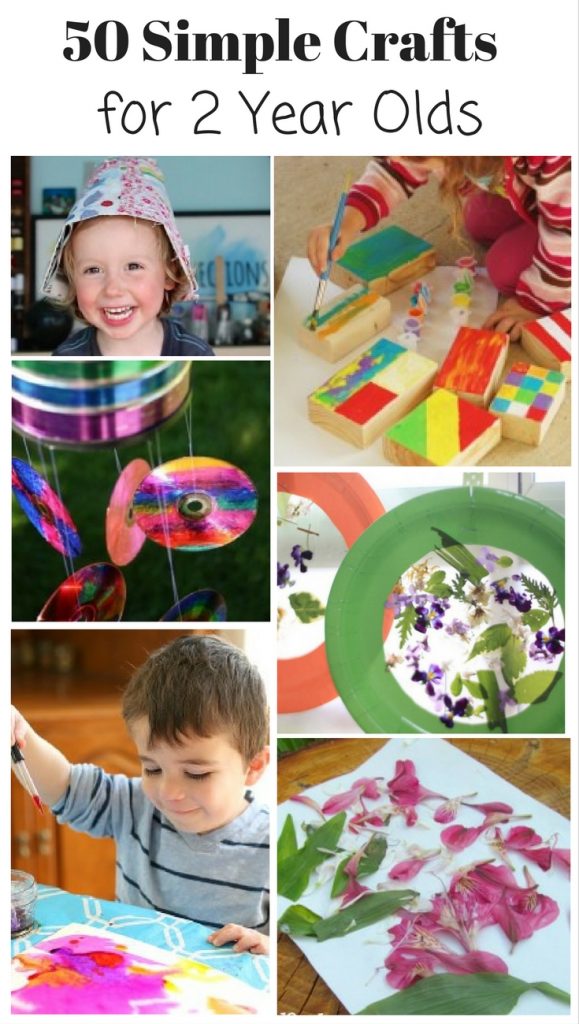
Give your child a choice to find out what to do. To do this, you need to introduce the baby to several types of creativity, and to become a fully developed person yourself.
These activities are good for developing imagination and fine motor skills. Help the baby to become more adult - assiduous and attentive.
Singing and music can also be attributed to creativity. To study at a music school, you must have an ear for music.
At home, classes can be carried out independently, but in the absence of a minimum musical education, all classes will be reduced to listening to songs and memorizing them.
Physical development
Children at the age of five love outdoor games. It's time to start your sports career. From the age of five, you can take your baby to different sports sections and circles, suddenly he will like something. The choice is great:
- dances of different directions;
- swimming;
- figure skating;
- athletics;
- wrestling and martial arts, etc.
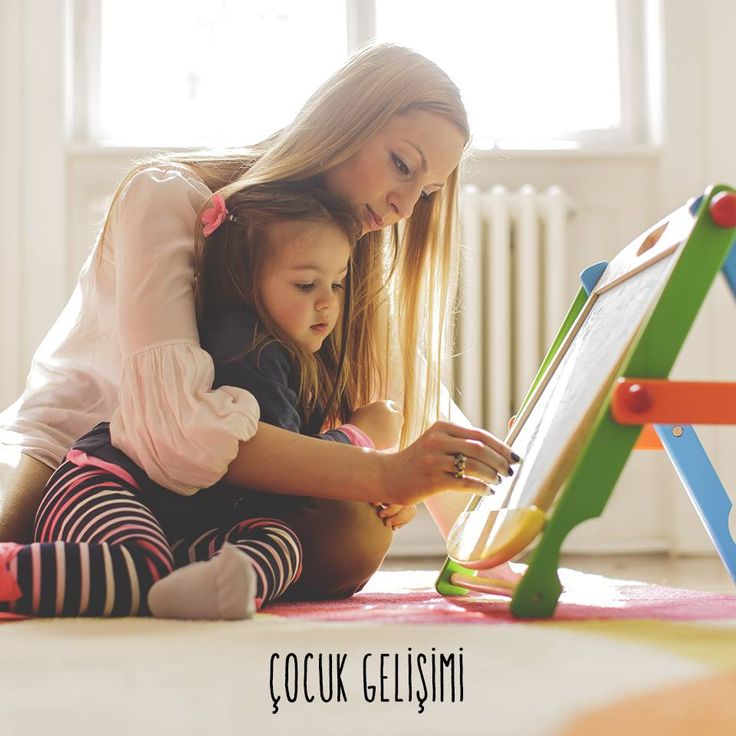
Even if the kid does not become an athlete, classes will have a beneficial effect on his comprehensive development. Learn to control your body and feel it. This will come in handy in the future, no matter what profession he chooses.
If you live in a village where it is not possible to go to sports clubs, household help is quite suitable for physical development.
It is not difficult to keep a 5 year old child busy with the right approach. He will fly in the garden, and feed the chickens, and sweep the house.
Like Masha in the cartoon "Masha and the Bear". If you remember, even the Bear knew what to do with a child at home.
A child who goes to kindergarten, attends sports clubs, music classes and developmental circles has little time left.
This does not mean that you should deprive him of games. There are a lot of interesting outdoor games that you can play outside in the summer. Children are very fascinated by games with tasks where you need to overcome obstacles in order to achieve some goal.
Children play Cossack robbers, hide-and-seek, ball. You can become a participant and organizer of games, entertain a child, share communication and good mood with him.
Emotional development
At the age of five, the baby is not yet able to distinguish between good and bad behavior. Like Mayakovsky in the book "What is good and what is bad."
Not understanding many things, a withdrawn child is sometimes afraid to ask a question himself. First of all, you need to learn to trust you.
This is achieved by calm and consistent behavior and sincere interest in the affairs and thoughts of the child.
When something is unclear, a five-year-old child goes to his mother or father and asks. If you dismiss the question, he will be offended. The second step in education after trust should be openness.
Trying to impose generally accepted morality on a child without adhering to it is useless. Therefore, even if the question is unpleasant, it must be answered honestly.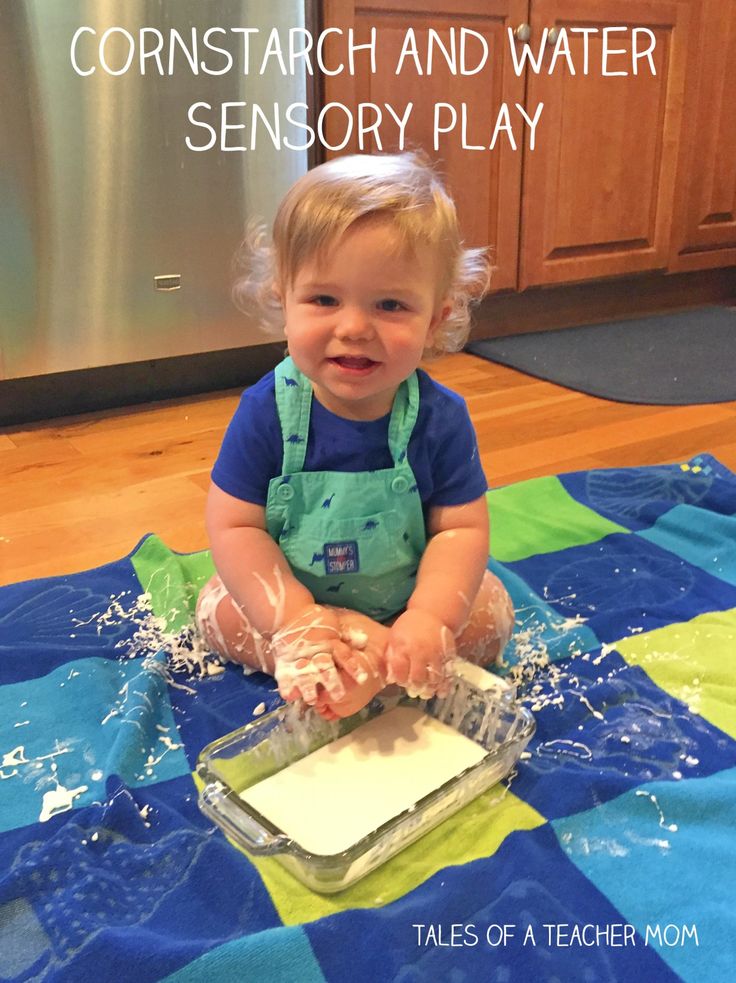
It's wonderful if, after talking with you, the baby leaves happy and decides for himself that he will only do good and not be bad.
We need to teach the kid to be an optimist. Actually it is very important. All our illnesses are connected with experiences and fears, all failures and disappointments are the result of an incorrect perception of reality.
Try a game that you can play every night. Remember all the best events of the day for which you can thank God, and stick smiling faces in a children's diary.
An emotionally stable baby will find it easier to overcome the developmental stages on the way to adulthood.
Getting ready for school
A child has another year or two to prepare for school, if the parents decide to send him to school from the age of seven. Some children are already reading at the age of five, others are just beginning to learn letters and numbers.
It will be good if, after going to school, the child can already read in syllables, handle a pen, add and subtract numbers within ten.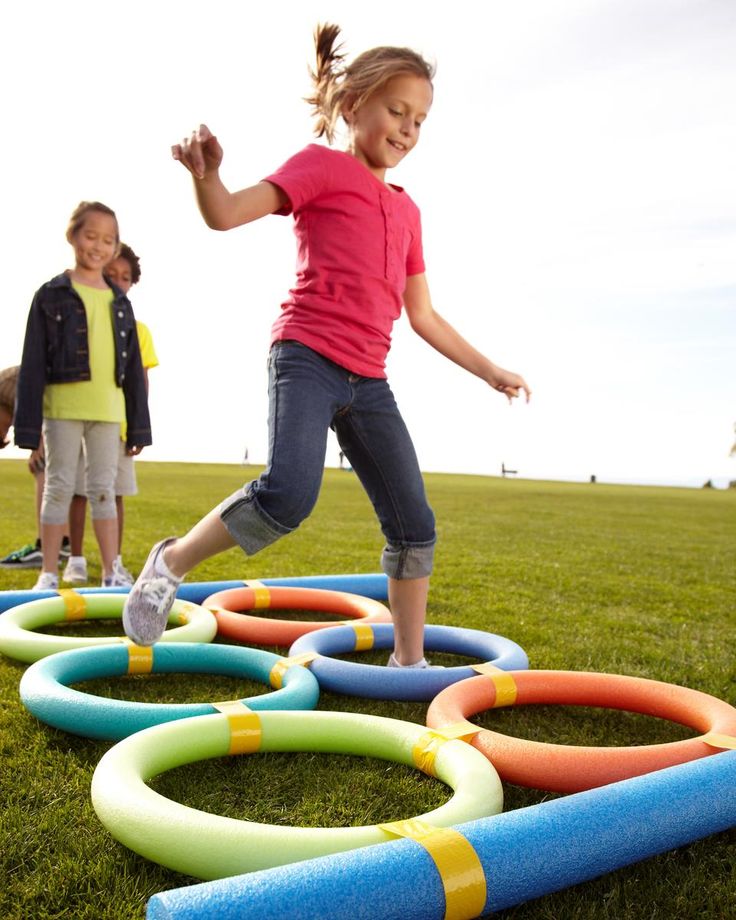 When preparing for school, five main areas of developmental studies can be distinguished:
When preparing for school, five main areas of developmental studies can be distinguished:
- speech development;
- mathematics;
- geography;
- letter;
- reading.
If the baby does not pronounce some sounds, classes with a speech therapist will help. There are special speech therapy groups in kindergartens.
If your child is at home, they will be required to take them to class on certain days of the week. Do not leave the problem unattended, because at school the child will experience unnecessary emotional stress, and you still have to go to the speech therapist.
If your baby does not have any difficult speech problems, you can master his speech development at home. Learn children's poems, counting rhymes, riddles, tongue twisters. Play a game called "Continue the story".
You say the beginning of a fairy tale, the kid comes up with a continuation, then you invent a continuation, and so on until a happy ending.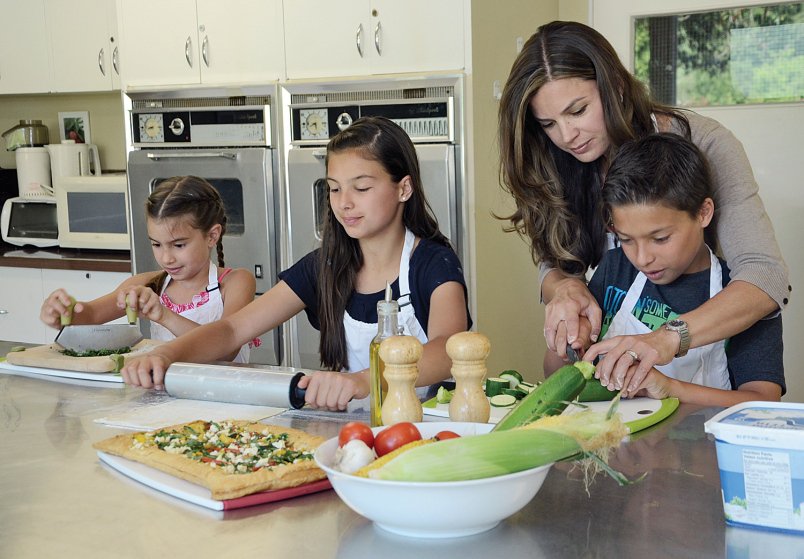
Play puppet theater with your baby, let him voice the roles of different fairy-tale characters. Teach him to hear the intonation and rhythm of speech, to speak in different voices.
Speech development can also include the study of a foreign language. If you yourself know only one language - Russian, do not try to teach a child something yourself, nothing good will come of it. You can find developing language groups for children or hire a home tutor.
Developing a child's mathematical abilities is as important as correct, beautiful speech. Some children think in abstract terms.
They solve logical problems in their own way, understandable only to them, but they get the right answers. Chess, checkers, solving puzzles, puzzles, simple tasks will help teach logical thinking. You can engage and entertain at the same time even on a walk, creating puzzles on the go.
Geography for children implies knowledge about the world around. By the age of six, the little one should already know the names of all the continents and oceans with their inhabitants.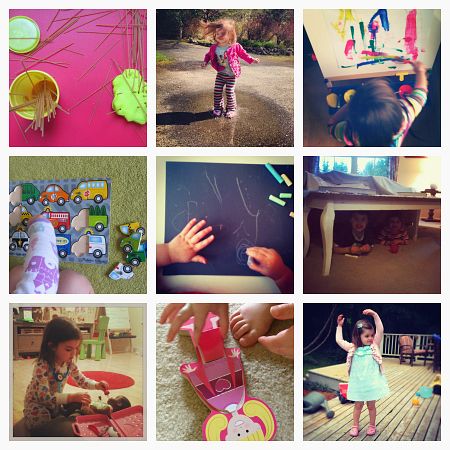
He must have an idea that there are different countries in which different peoples live with their own customs. Geography includes knowledge about the landscape, precipitation, cardinal points, the change of seasons and weather, etc.
A child learns to hold a pencil correctly in the first year of life at drawing lessons. He will learn to do it right at the age of four or five.
From the age of five, you can conduct graphic dictations with your child, write simple words in block letters. In copybooks, you can write elements of capital letters.
Read fairy tales with your child. Let him learn to pronounce the syllables written in the children's book.
Knowing what to do with your child, respect his interests and preferences, and do not overwork with long activities.
Parents of five-year-olds should know what to look for when preparing homework with their children. It is important to understand that this is the age when you should start preparing for school.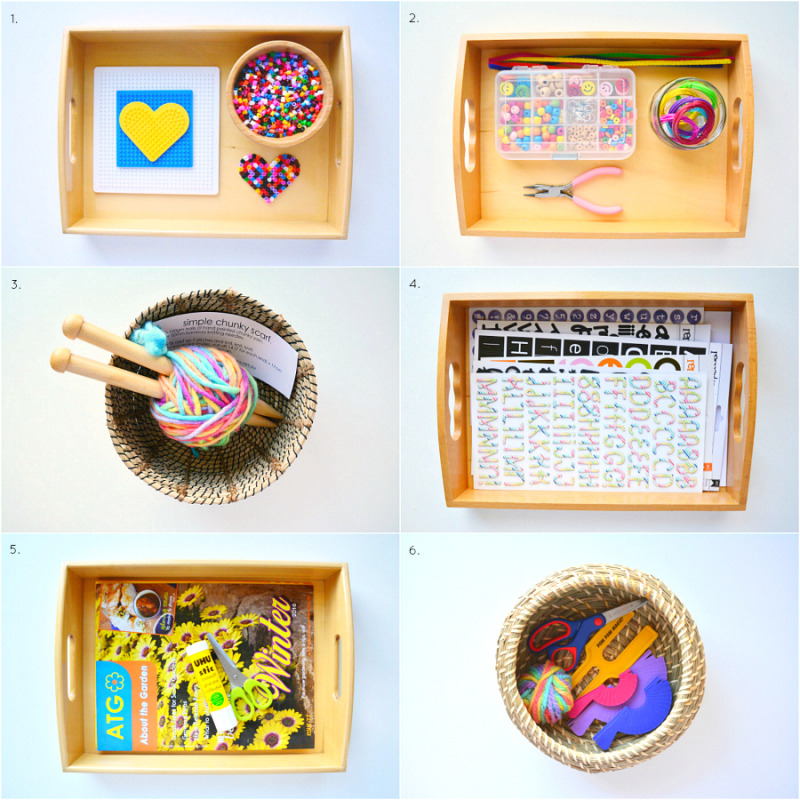 It is important to organize classes, but their duration should not exceed 30-35 minutes. Keep in mind that the leading activity of children of this age is the game, so build all cognitive activities in this form. It is necessary to develop fine motor skills, it directly affects the development of speech centers. If you want a son or daughter who talks a lot and well, sculpt, draw, paint, make a mosaic with him.
It is important to organize classes, but their duration should not exceed 30-35 minutes. Keep in mind that the leading activity of children of this age is the game, so build all cognitive activities in this form. It is necessary to develop fine motor skills, it directly affects the development of speech centers. If you want a son or daughter who talks a lot and well, sculpt, draw, paint, make a mosaic with him.
See the lessons both in pictures and in text and choose what suits your child best.
Games and activities for children aged 5
For lessons with children at home, prepare the prizes in advance for parents, as well as the necessary accessories and attributes.
Quest find the treasure
Parents invent and create a map with tasks in advance. Different rooms of the apartment are used as locations. Each new task gives a clue where the treasure is.
What tasks can be used:
Assemble the puzzle
Guess the riddles
Make an application (small)
Separate the beans from the peas
Make a tower of cubes at least 30 cm (you can specify the height of the object in the room)
Name only wild animals
Sort the pictures by time year
Be sure to reward the detective at the end, let it be something tasty or useful, for example, a small designer or a toy.
Activity: "Hot-Cold"
A simple game to develop spatial awareness, memory, thinking and attention. Hide the prize in advance in a place accessible to the child. Ask him to find the hidden one, give the little participant hints with the words “hot” means close to the prize and your five-year-old kid is moving in the right direction and “cold” means the direction for the search is chosen incorrectly.
You can play this game and vice versa, have your son or daughter hide the toy and show you the way to it with similar words. The task of an adult is to find a prize, the task of a child is to give directions correctly, using the words “hot”, “cold”.
Game: "What is missing"
A game that promotes the development of attention. You will need a set of different items, these can be toys, pencils or any safe items. At first, you can use 5-7 items, later complicate the tasks by adding more and more attributes.
The task is to find an item that is missing.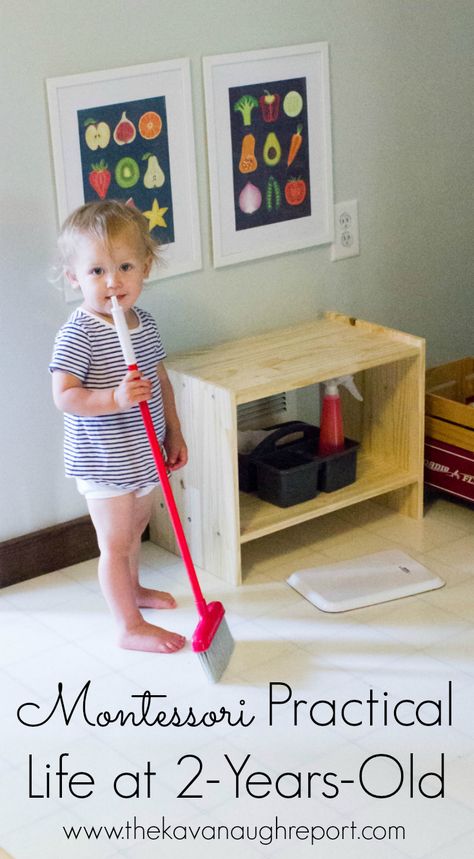 Give the little participant time to memorize all the items, and after he has turned away, you need to remove one item. If the child correctly guessed what item is missing, then let him hide some attribute from you in a new game.
Give the little participant time to memorize all the items, and after he has turned away, you need to remove one item. If the child correctly guessed what item is missing, then let him hide some attribute from you in a new game.
You can supplement the lesson with tasks like: arrange the objects as they stood, name the color of the object that is missing, arrange the toys in height.
Lesson: “Hands-scales”
To understand the weight of objects, ask him to work with weights. Put different objects in his hands and ask him to rate which one is heavier.
To complicate the task, you can blindfold the little player.
Lesson: “Sculpting fruits and vegetables”
Invite your daughter to make a food basket for her doll. For example, offer him the originals of vegetables and fruits or pictures in which they are depicted. Let him try to create vegetables and fruits according to their colors.
Make a picture out of the copies you receive, or ask them to divide the resulting artwork into vegetables and fruits.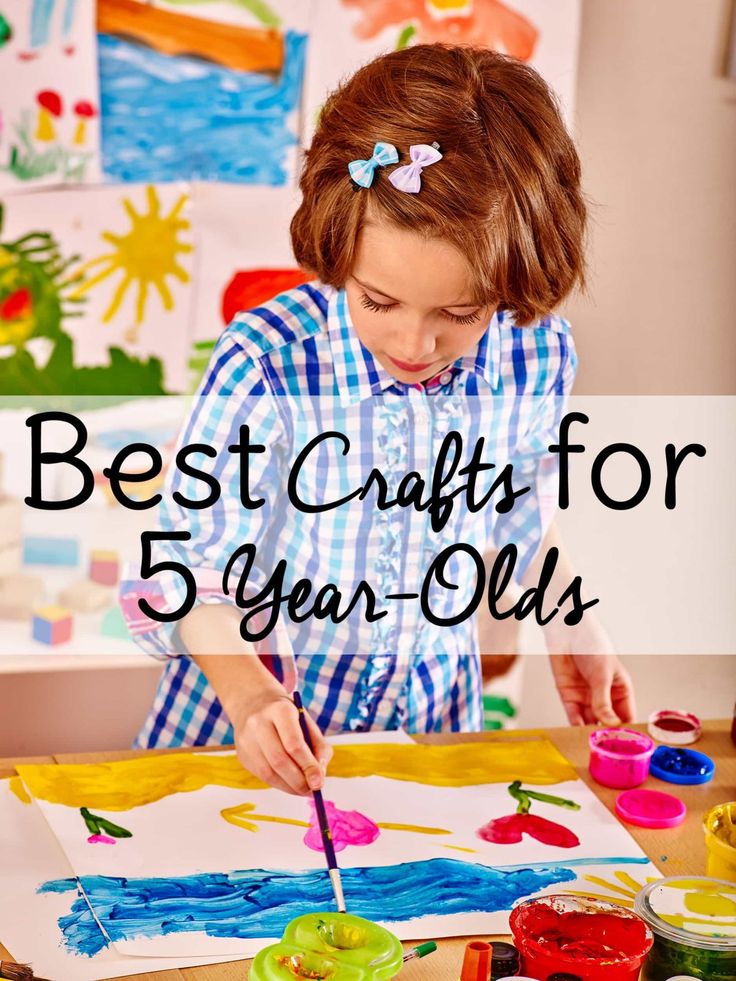
Parents should remember that only developing activities in the form of a game can captivate a child and teach him to perform the most difficult tasks. Help and be sure to praise the child, then even he will learn to accept failures adequately and will not lose the desire to try again and again. Something that didn't work the first time.
Video "Developing activities with children aged 5"
Features of the development of a five-year-old child Free time is the time in which a person is left to himself in choosing what he would like to do. And a child at the age of 5 is not yet independent and cannot determine what is important, necessary and useful for him now. If at this age a little man attends a children's institution, then part of his time has already been planned and organized by kindergarten workers. The child will play with peers, work in the classroom, visit musical and choreographic circles in the garden.
But when a baby is brought up at home, or when weekends and vacations come, then parents face the problem of organizing his leisure time.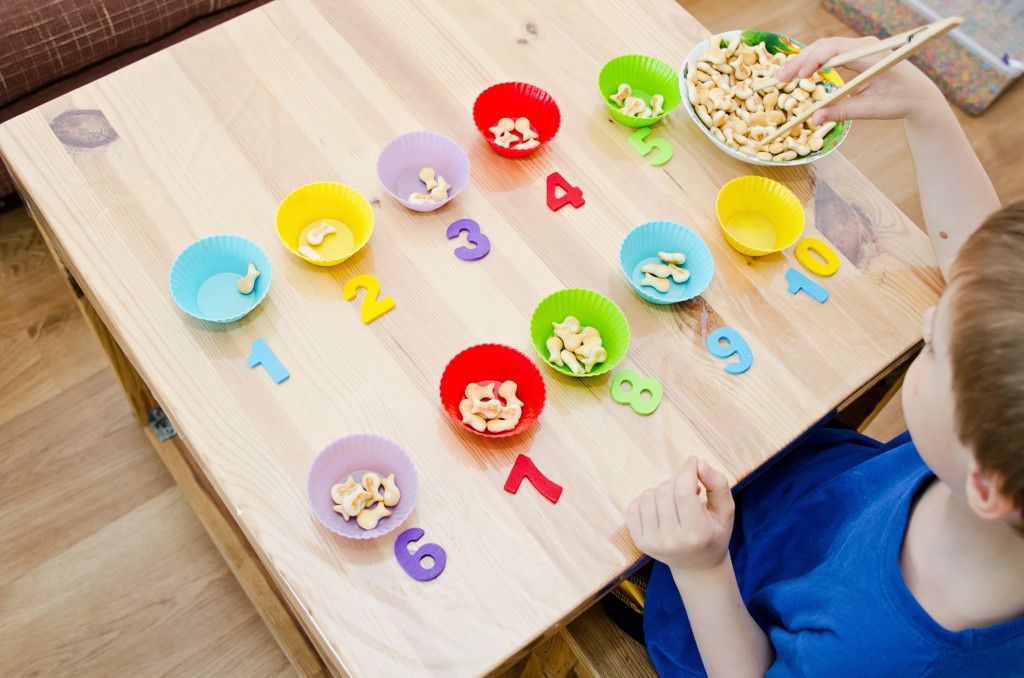 And then the set of knowledge that parents have is very important.
And then the set of knowledge that parents have is very important.
Children at the age of five try to realize themselves as a person, they do not talk about themselves in the third person, but begin to say “I”, they begin to prepare the child for school. Almost all preschool institutions work with children according to special programs for preparing for school life: children are taught letters, sounds, read in syllables, solve simple examples and puzzles, develop logic and thinking, and much more. This is a very responsible age, so right now it is important "what to mold" from the baby.
Even the most resilient parents can get tired of the indefatigable energy of children, so the main problem of almost every mother is the question: what to do with a child at the age of 5, so that it is not only interesting, but also useful for his development? Time for TV and computer at this age should be strictly dosed. Of course, it is convenient to put the baby in front of the screen and go about their business, but this is fraught not only with spoiled vision, but also with mental disorders.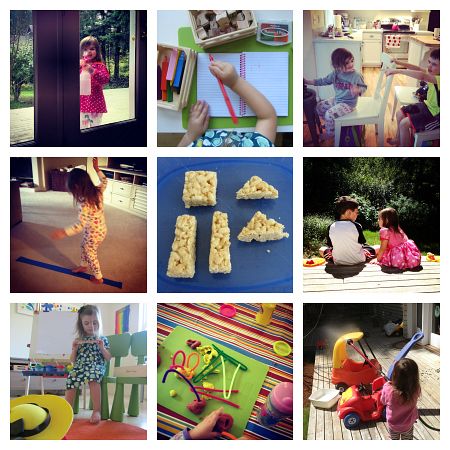 Therefore, when a child is bored with all the usual toys, it’s nice to have some interesting ideas in the arsenal on how to keep a child 5 years old.
Therefore, when a child is bored with all the usual toys, it’s nice to have some interesting ideas in the arsenal on how to keep a child 5 years old.
How to keep a child 5 years old?
Ideas for boys
Boys of age love to play with building blocks, cars and soldiers. They can do this on their own, inventing game situations without the help of adults. The child can also be offered to draw, and if the baby is already bored with paints and felt-tip pens, offer him to do it with charcoal. Of course, you will have to allocate a separate place for this activity, otherwise the baby will dirty everything around. Another option for entertaining a child at 5 years old is to make a simplified version of small tennis. To do this, you need to make a hole in the ping-pong ball, into which a thread or rope is threaded. The ball is hung in an accessible place where it will not interfere. Give the child a racket, let him play enough for his own pleasure, and then the ball can be removed. Such a game develops speed of reaction and attention, the baby learns to think logically and perceive the rhythm of movement.
Such a game develops speed of reaction and attention, the baby learns to think logically and perceive the rhythm of movement.
Another activity for a 5-year-old that boys are sure to enjoy is counting cars. If one of the windows in the apartment overlooks the road, and the baby already knows how to count, invite him to count the passing cars. A few ideas for girls At this age, girls are good at drawing with paints and pencils or cutting out simple figures from paper. You can offer, in addition, to make a few paper crafts - origami. Of course, this activity with a child of 5 years old requires the help of adults. At 5 years old, children love to be read to. You can offer the baby an alternative - to make a book from her photographs and drawings. The contents of such a homemade book will be familiar and interesting to the child. Old magazines can also become material for making a book.
The girl might also like the idea of holding a fashion show. Choose and give her some old clothes, let her wear them at her own discretion and show them to you.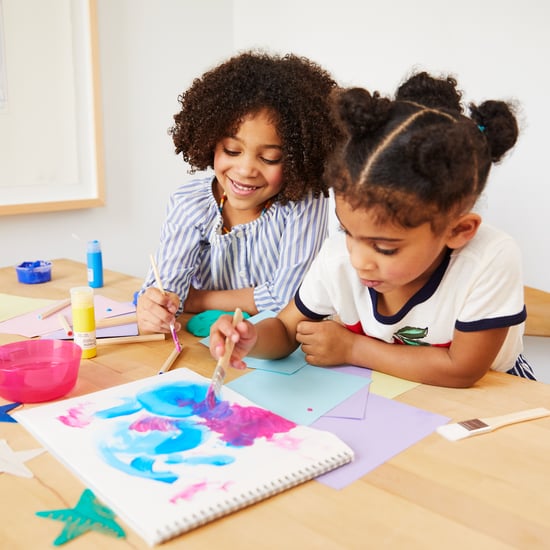
Creative activities with a 5-year-old child
Children at this age often like to engage in various creative activities, especially with their parents. Therefore, such abilities must be developed. A child at the age of 5 can draw in various techniques, and in order to captivate the baby, you can offer him a game of a painted railway. Draw trains with a felt-tip pen, and then “plant” different animals in each car: a wolf, a fox, an elephant, a giraffe, etc. Draw such passengers with your child one by one or together. To keep a child occupied at 5 years old at home, you can not only draw, but also cut out figures from old magazines, glue, and make applications.
Instead of boring plasticine, you can sculpt from salt dough. To do this, mix 2 parts flour and water, 1 part salt and knead the dough, it should be elastic and not stick to your hands. The molded figurines are dried in an oven at 100°C for 3 hours. Finished products can be painted.
Another option for an interesting pastime is the construction of a cardboard house. Take a large box of household appliances and invite your baby to make a house out of it for dolls and soft toys. In the middle of the cardboard walls, you need to cut out windows and doors, after which the box can be painted with paints - the home is ready. And if it is large enough, the children themselves will be happy to climb into it. You can make smaller objects out of small cardboard boxes. For example, it could be a train or a bus.
Another way to keep a 5-year-old child busy is to invite him to play counterfeiters. Put different coins under the paper and give the kid a pencil, let him color them. So that the contours of the coins appear on the sheet. Then you can cut them out of paper and glue the corresponding sides. If you have a camera, why not teach your child how to handle it carefully and take pictures. The child will be happy to take pictures of toys and pets.
Housework
To keep a 5-year-old child busy at home, you can involve him in simple household chores. Of course, it is much easier and faster for a mother to clear the table, cook, wash and wash the dishes on her own, but it will be more useful for the development of the baby to try to captivate him and instill in him the basic skills of doing simple household chores. At this age, the child should clean up his own toys, why not, in addition, entrust him with one of the tasks that he will have to do regularly, for example, sweep the floor in the kitchen, feed the cat or help his mother clear the table.
Of course, it is much easier and faster for a mother to clear the table, cook, wash and wash the dishes on her own, but it will be more useful for the development of the baby to try to captivate him and instill in him the basic skills of doing simple household chores. At this age, the child should clean up his own toys, why not, in addition, entrust him with one of the tasks that he will have to do regularly, for example, sweep the floor in the kitchen, feed the cat or help his mother clear the table.
Children are great dreamers and inventors, they are great at inventing games and entertainment. But sometimes this task has to be taken on by adults. It is especially important to know what to do with a 5 year old at home during a long period of bad weather and/or illness. Some of the games and activities are designed for one kid, others involve entertainment in the company.
Games at home
Fun for toddlers can be turned into fun and educational activities. At the same time, in a playful way, the growing child is given new knowledge, useful skills are formed.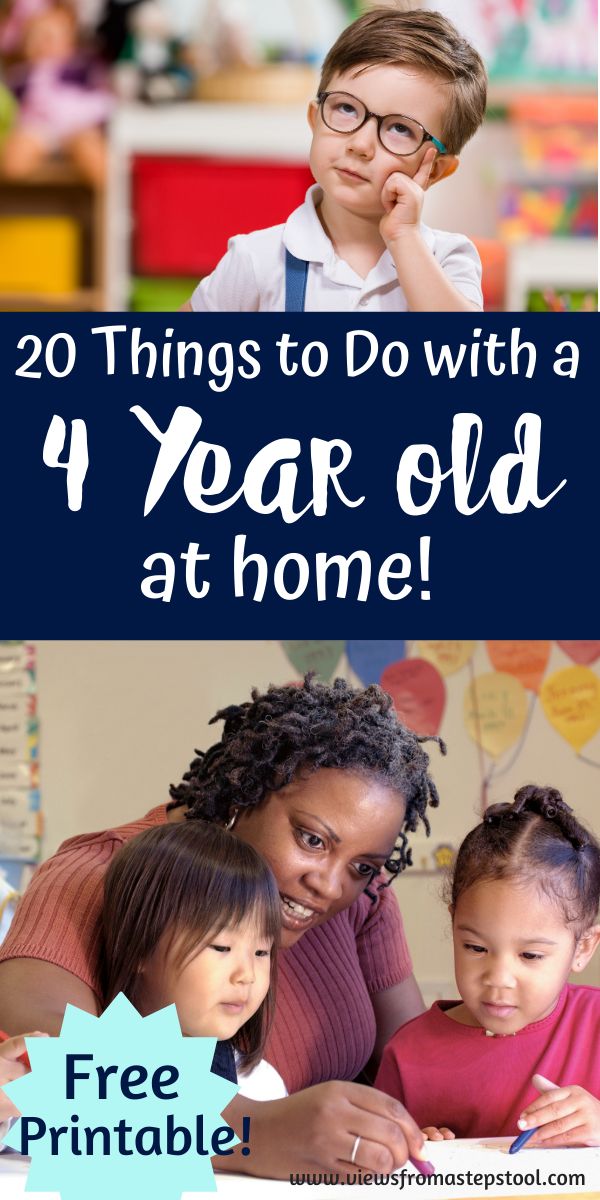 When choosing what to do with children 5-6 years old at home, you should stop at:
When choosing what to do with children 5-6 years old at home, you should stop at:
In addition to these activities, it is worth offering children books that are appropriate for their age.
Motor skills and coordination
When deciding what to do with a 4-5 year old child at home, you should pay attention to those exercises and games that develop fine motor skills. This practice is useful for further learning to write and draw, developing flexibility and mobility of the hands and fingers. Early age teachers offer for this purpose:
- Assembly and enumeration of objects. Sizes are selected in accordance with the development of the baby. A designer is offered from parts with dimensions of 1 ... 5 cm, for younger children soft or hard cubes of 3 ... 10 cm or sorters with elements of the same size are suitable. One-year-old or two-year-old babies should not be given toys that can be swallowed by negligence.
- Assembled rugs and puzzles. The combination of elements into a single drawing develops not only motor skills, but also observation, attention, and imagination.

- Thematic play sets: dishes, tools for a doctor, locksmith, hairdresser and so on. Such toys develop everyday skills, give an understanding of professions and prepare for adulthood.
- Children's dominoes, lotto, checkers and other variants of board games. They must be adapted to the age of the baby.
- Homemade and purchased cards and pictures for cutting, coloring, gluing.
- Simplified needlework kits.
The first contact between a son or daughter with a new toy will require the help of adults. It is necessary to explain the rules of the game several times, accompanying the explanations with actions. The best option is to play with an adult baby or provide a company of peers.
The question of what to do with a child at home is always relevant, but especially during the period of illness. Weakness, pain, temperature deprive the baby of the usual activity and desire to move. If doctors recommend bed rest, the choice of activities is limited.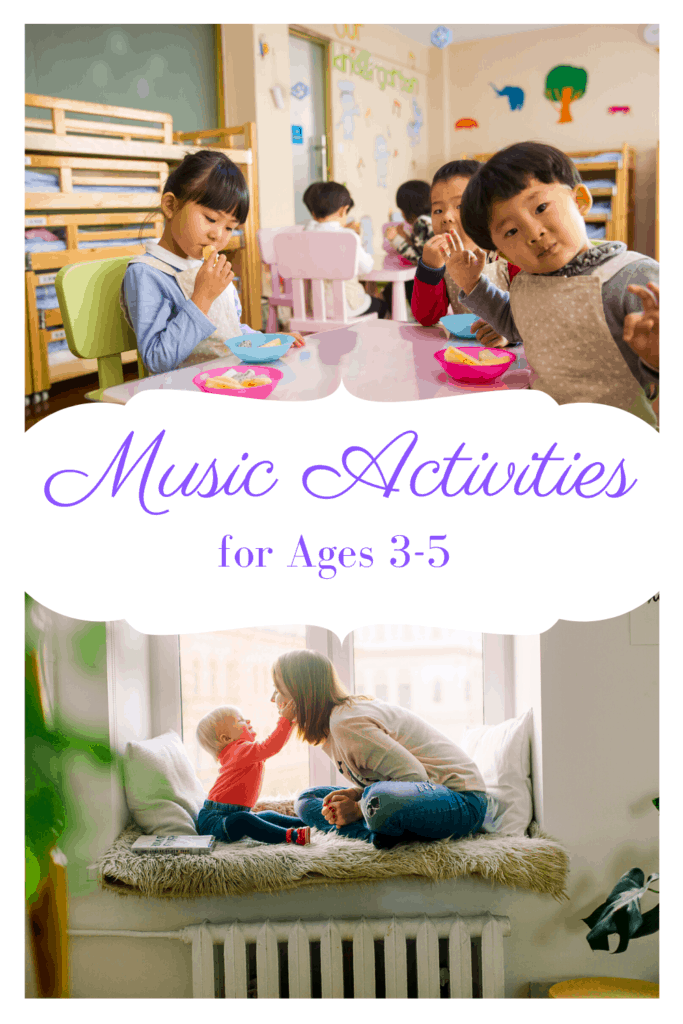
Cartoons will take time for your son or daughter, but you can't constantly strain your eyes when you have a high temperature or a headache. In such cases it is possible to recommend:
- assembly-disassembly of simple mechanisms or constructor. To make it comfortable for the patient, and the details are not lost, it is better to organize a tray or a small table;
- small puzzles or puzzles, board games, play sets;
- drawing;
- modeling from plasticine or plastic mass;
- paper rolling, origami or cutting.
If a mother, father or other older relative has free time, it is easier to decide what to do with a child of 5 years at home. You just need to communicate with him: make riddles, read, show pictures or slides, sing (if the disease does not affect the throat or hearing), play finger games. To replace live communication, audio books and audio performances will partly help.
It is important to remember: it is not worth forcing a sick baby to do what he does not want.
It is better to divert attention and find another interesting activity.
Finding a useful and interesting game for a preschooler is easier than for a baby. Offer him educational games with elements of teaching counting and literacy. It can be a lotto, where numbers and / or letters are added to the drawings, a board game with an account (dominoes, cards, “travels”). In small quantities, interactive computer games or educational apps for smartphones are useful.
You should choose those game applications that include learning elements: counting, literacy, logic, gaining new knowledge. As daily classes, training programs for improving memory, learning foreign languages, and educational video programs are acceptable.
If it is difficult to decide what to do with a 5-year-old child at home (on the road, in a hospital, in a public place), it is permissible to give him a tablet or smartphone for 30…40 minutes, showing him how to handle the equipment.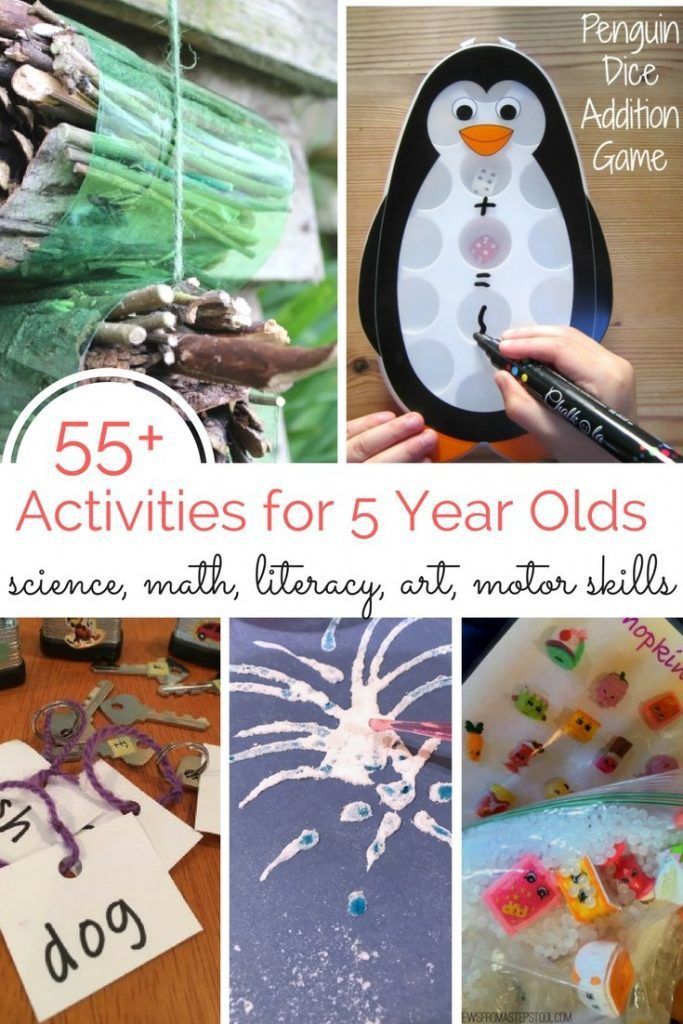 Communication with mobile devices daily, for several hours, is dangerous and harmful for children, it is better to find other options for activities.
Communication with mobile devices daily, for several hours, is dangerous and harmful for children, it is better to find other options for activities.
Conclusion
When deciding what to do with a 5-year-old child at home, parents should not forget that their task is not to provide themselves with free time and peace of mind. The main thing in choosing activities for children is the developing and educating role of the game, its benefits and beneficial effects on the personality of the baby.
Love and attention are the most valuable things that parents can give their child. Joint games with children are the key to good relationships in the family. However, any mother dreams that calm and silence reign in the house for at least half an hour. Of course, the easiest way is to turn on cartoons for the baby or put him at the computer, but this is far from the best option. What to do with a child at home, how to make this activity both exciting and useful at the same time?
For some reason, at the most necessary moment, the fantasy of adults, as luck would have it, is exhausted.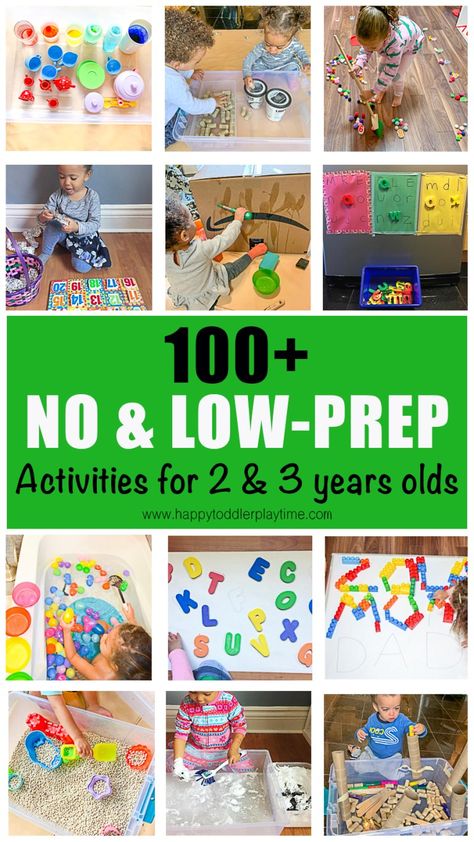 At the same time, children do not want to play on their own. Even new bright toys can captivate for only a few minutes, and the very next day they gather dust in a pile of other toys. All because your baby needs communication.
At the same time, children do not want to play on their own. Even new bright toys can captivate for only a few minutes, and the very next day they gather dust in a pile of other toys. All because your baby needs communication.
If you don't want your child to draw on the walls or water the chair instead of flowers, you will have to constantly come up with different interesting games and tasks.
The proposed games will help the child to develop fantasy, memory, logic and fine motor skills, introduce him to the world of adults and teach new skills.
20 simple games for kids at home
1. Give names. For each finger we come up with some funny name. From 2 years old.
2. Playing traffic. With a thick brush and paints, draw a street on a large sheet of paper. When the paints dry, we start circling the roads with a toy car. From 2 years old.
3. We play hide and seek. The child is hiding in the apartment, and you must find him.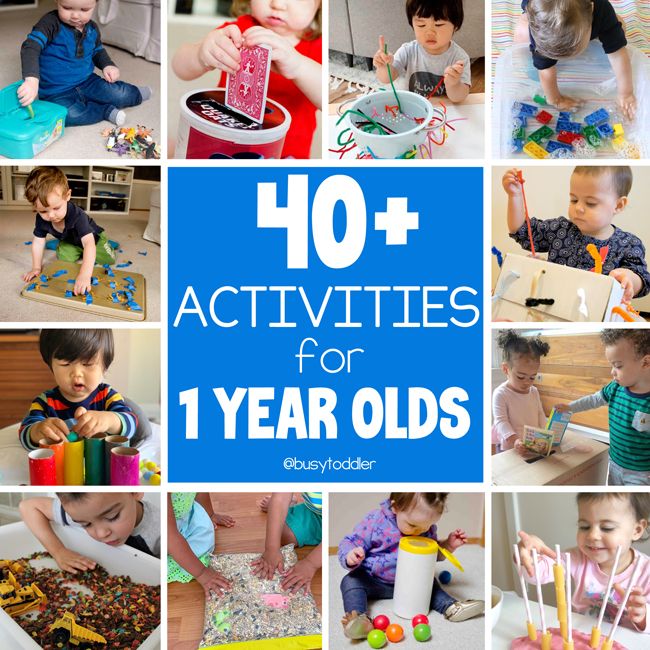 Then you change places. From 2 years old.
Then you change places. From 2 years old.
4. Baba Yaga game. More than 2 players required. From the rope we lay out a circle. This is the witch's house, in which one of the players (Baba Yaga) lies in wait for prey. The rest crawl around the witch's house. When Baba Yaga comes out, everyone runs away very quickly. From 2 years old.
5. Dog game. One player is chosen as a dog. He is led around the house on a leash. From 2 years old.
6. Run with an egg. We put a ping-pong ball on a teaspoon and run around the whole apartment, trying to keep the ball on the spoon. From 3 years old.
7. Maintain balance. With arms outstretched to the sides, we walk, like a tightrope walker, along the very edge of the carpet. From 3 years old.
8. We score goals. With a rope we mark the gate on the carpet. From some distance, we throw ping-pong balls at the gate. Each hit brings a point. From 3 years old.
9. Veterinary hospital. We put soft toys to bed and treat them: we bandage them, give medicines, measure the temperature, put compresses, etc. From 3 years old.
Veterinary hospital. We put soft toys to bed and treat them: we bandage them, give medicines, measure the temperature, put compresses, etc. From 3 years old.
10. Game of forfeits. More than 2 players required. We collect forfeits from the players. We ask others: “What should the player who owns this phantom do?” From 3 years old.
11. Talkers. We speak quickly. Who can last longer? From 3 years old.
12. Ghost game. Everyone wraps themselves in white handkerchiefs or sheets and circles the house like ghosts with terrifying sounds. From 4 years old.
13. We play robbers. Hide a few items in the room. The player returning to the room must find the loss. From 4 years old.
14. Playing with a magnet. We put the magnet under the paper, and on the paper - a coin. Move the coin across the paper with a magnet. From 4 years old.
15. Thinking about people. We look out the window. We invent various stories about the people we see below.